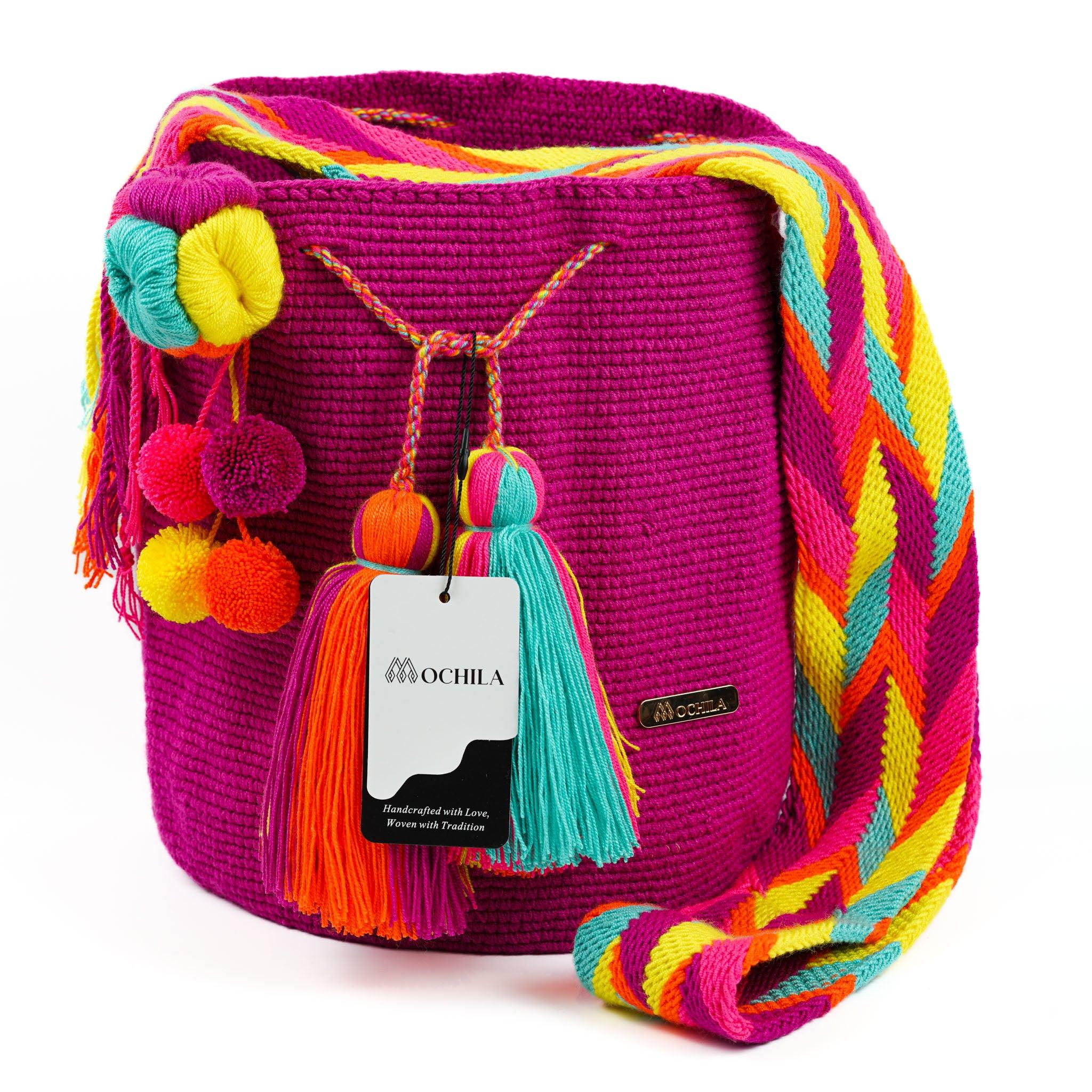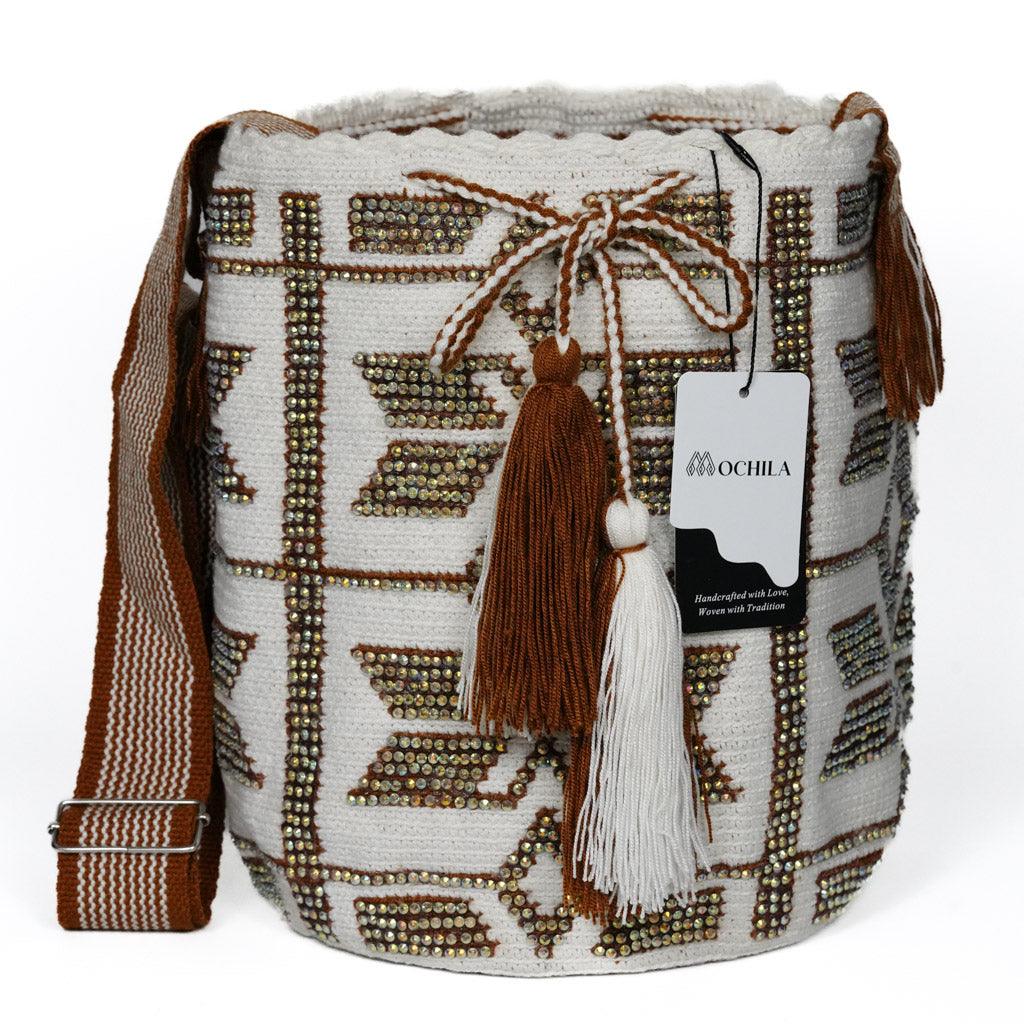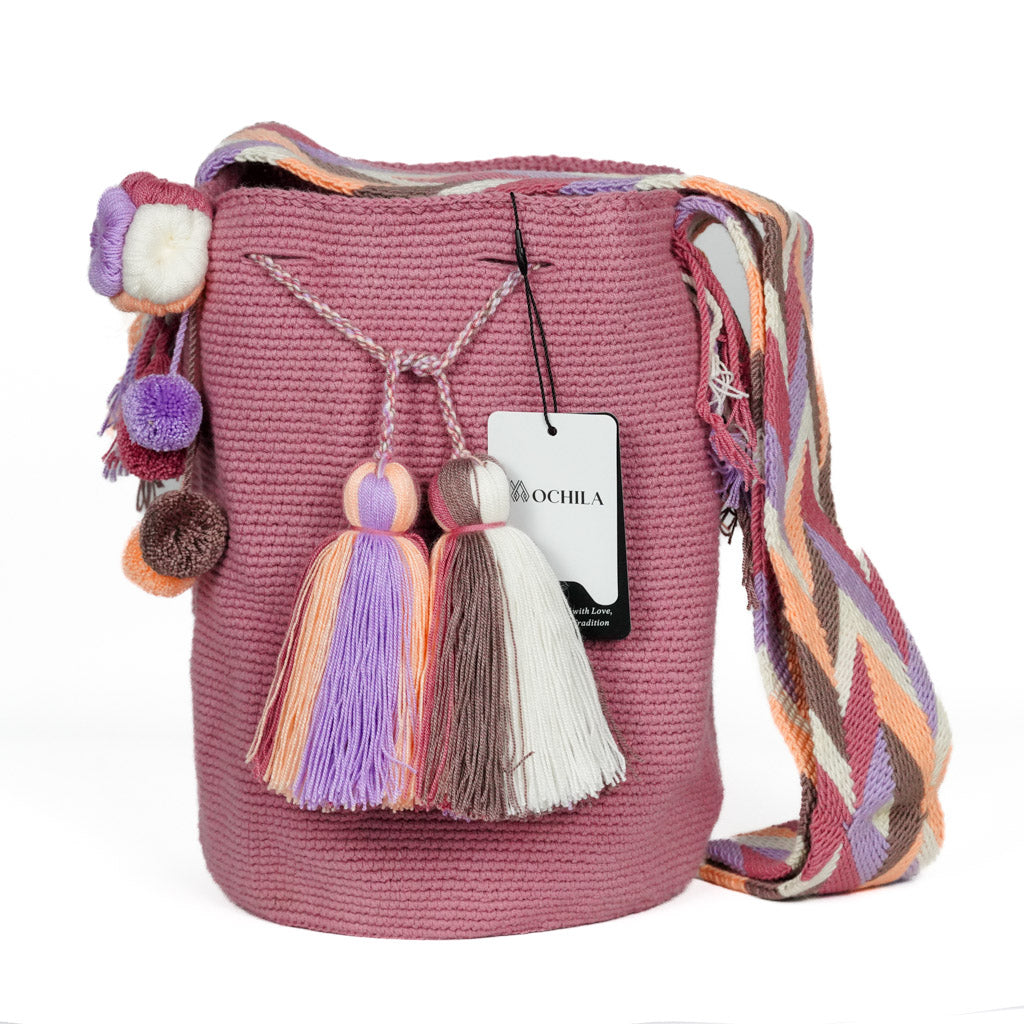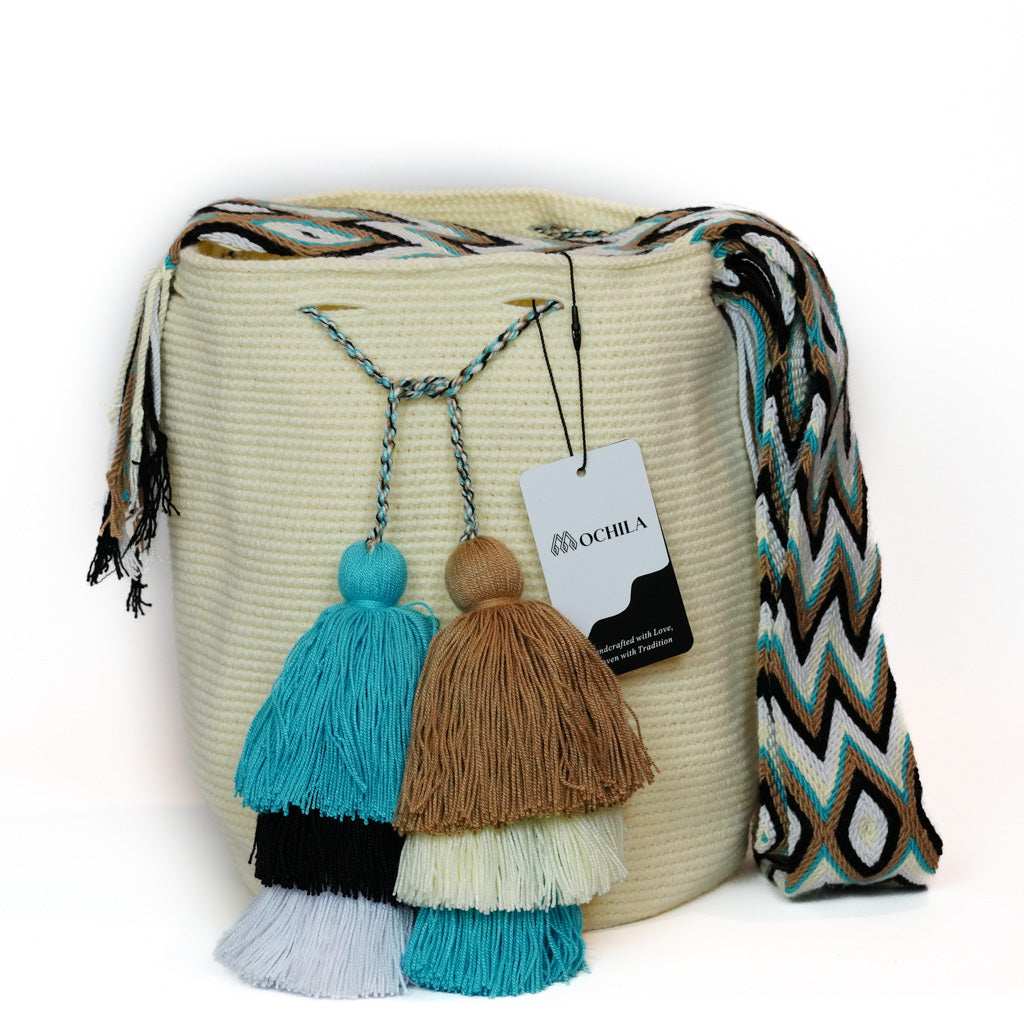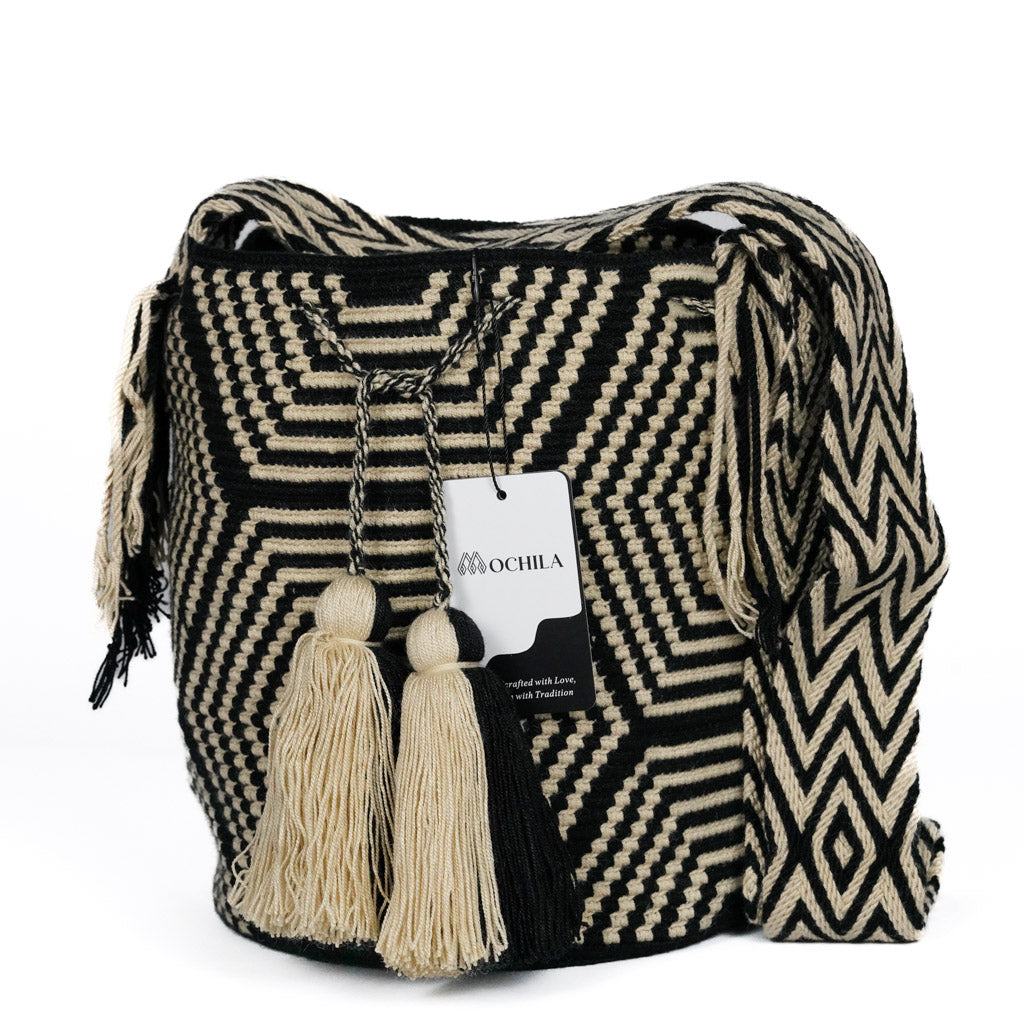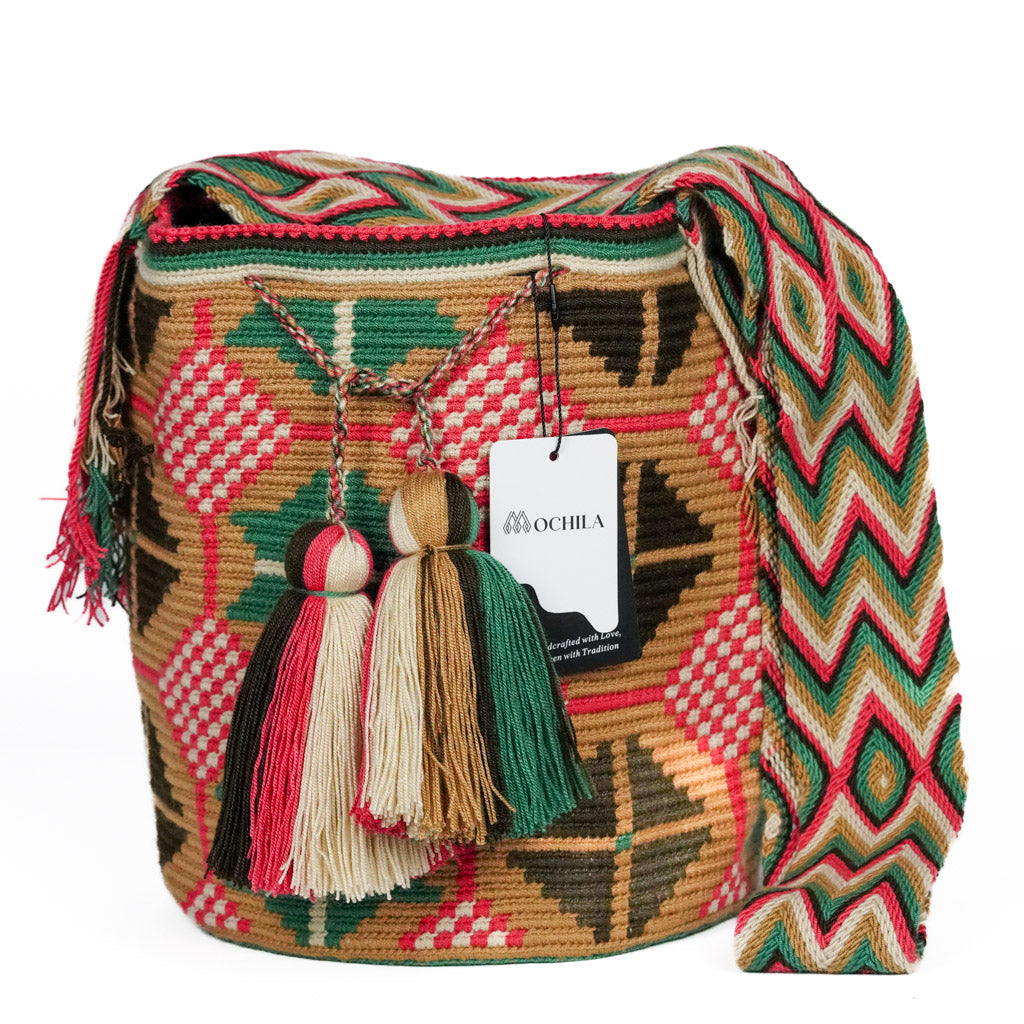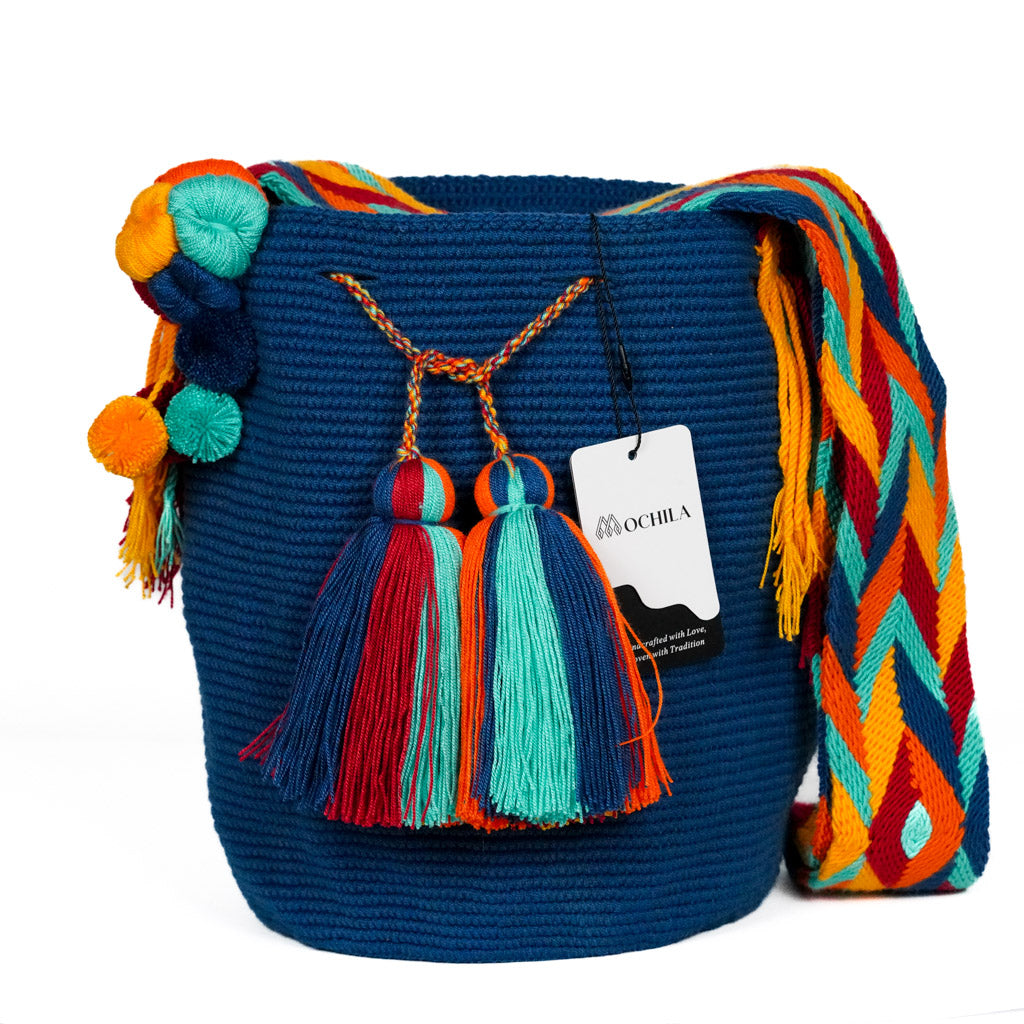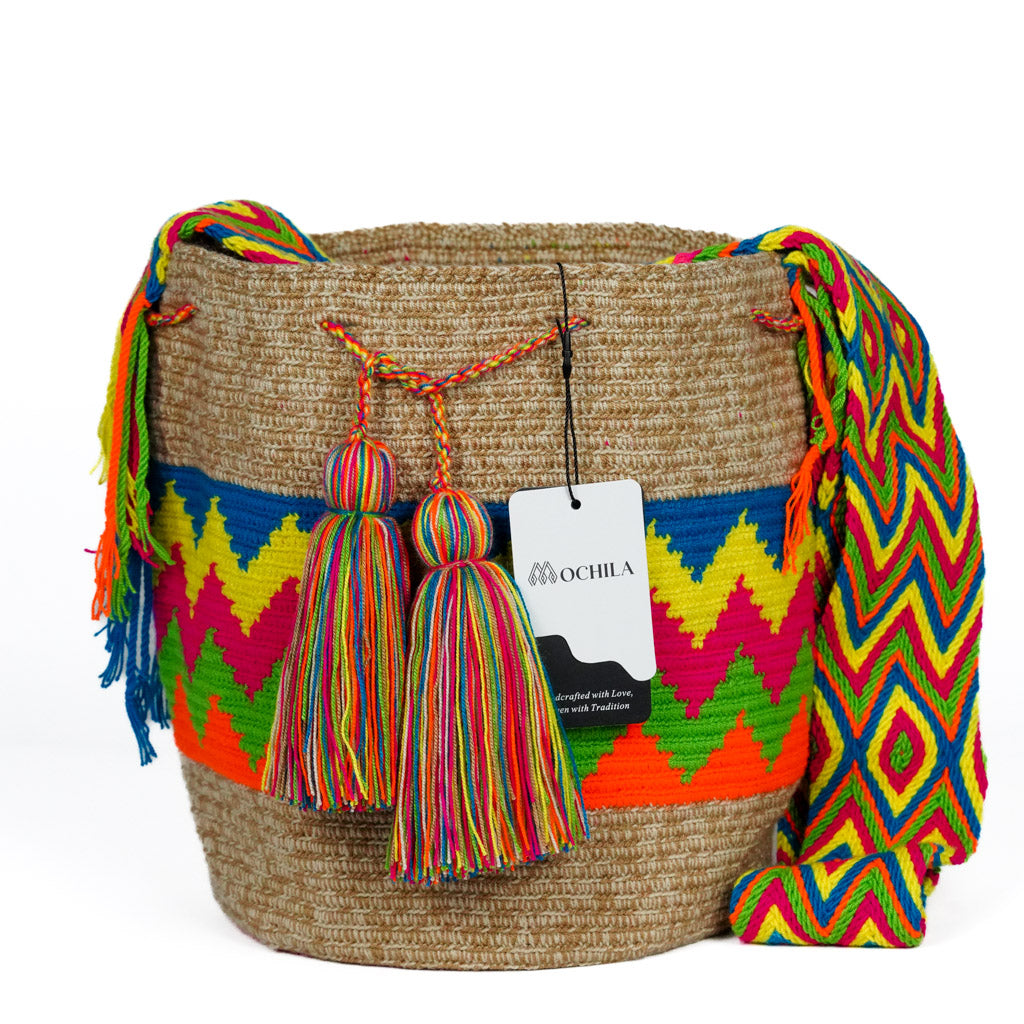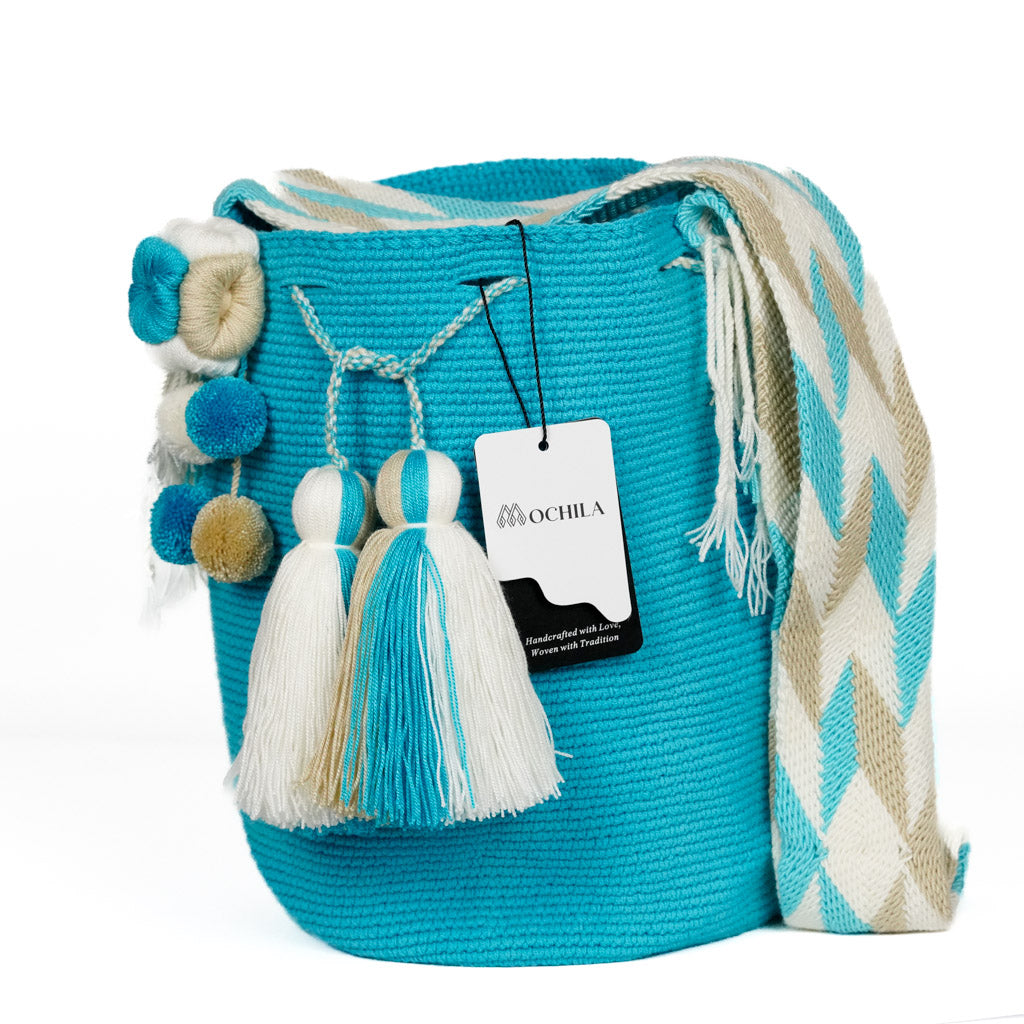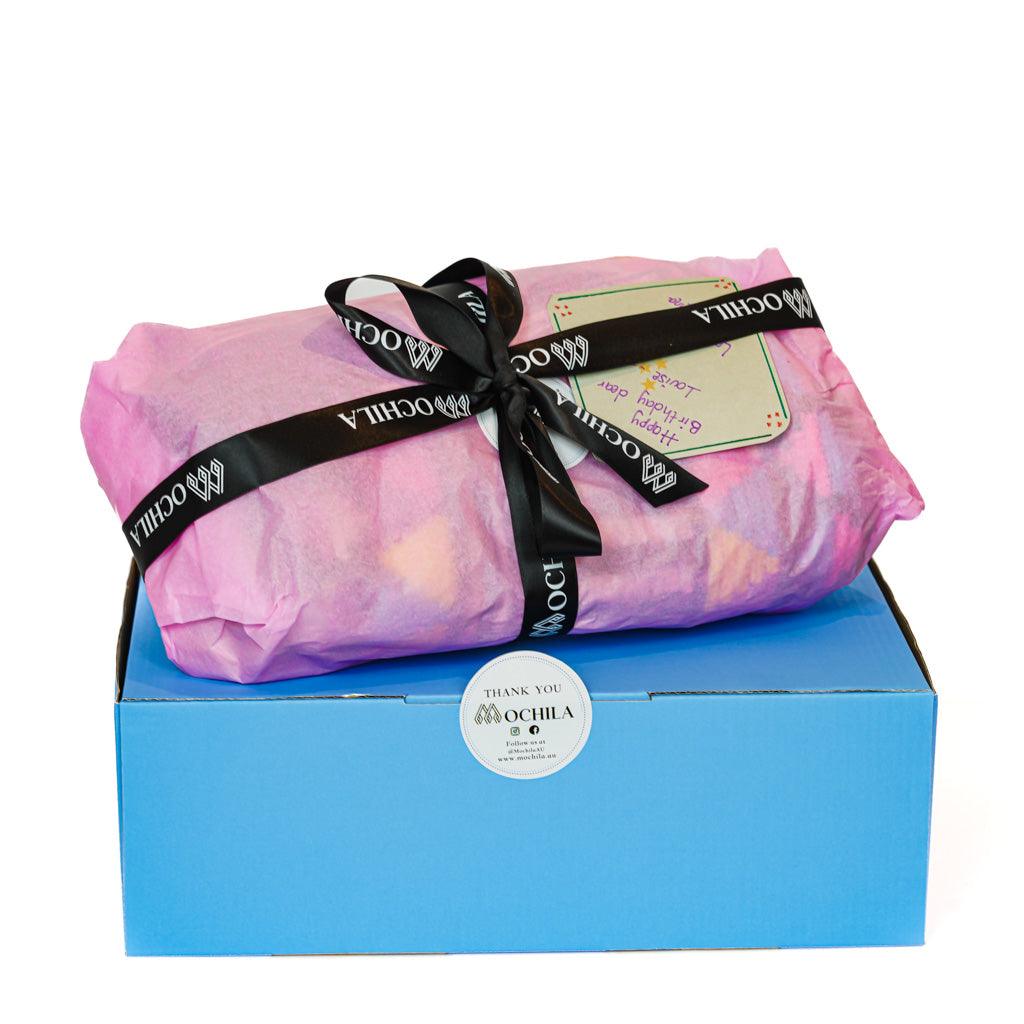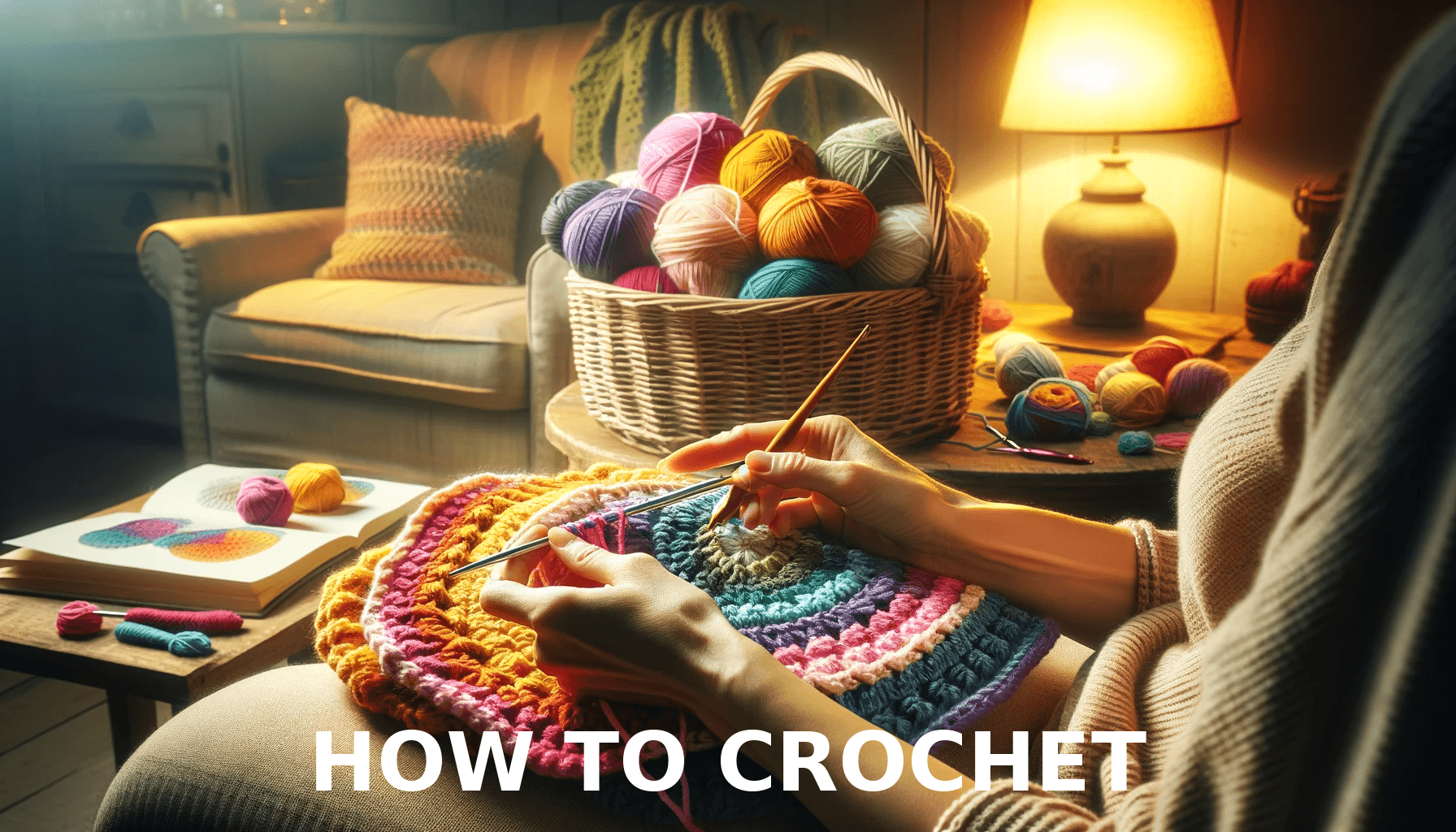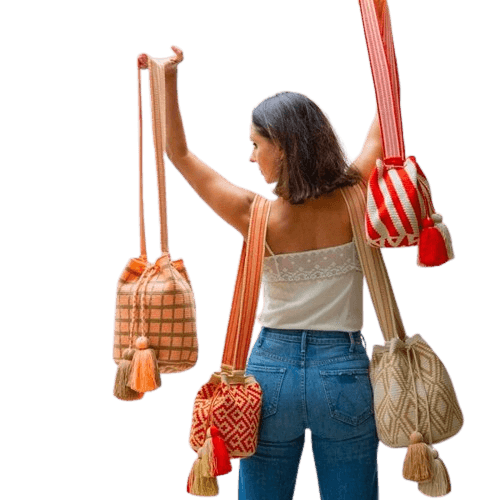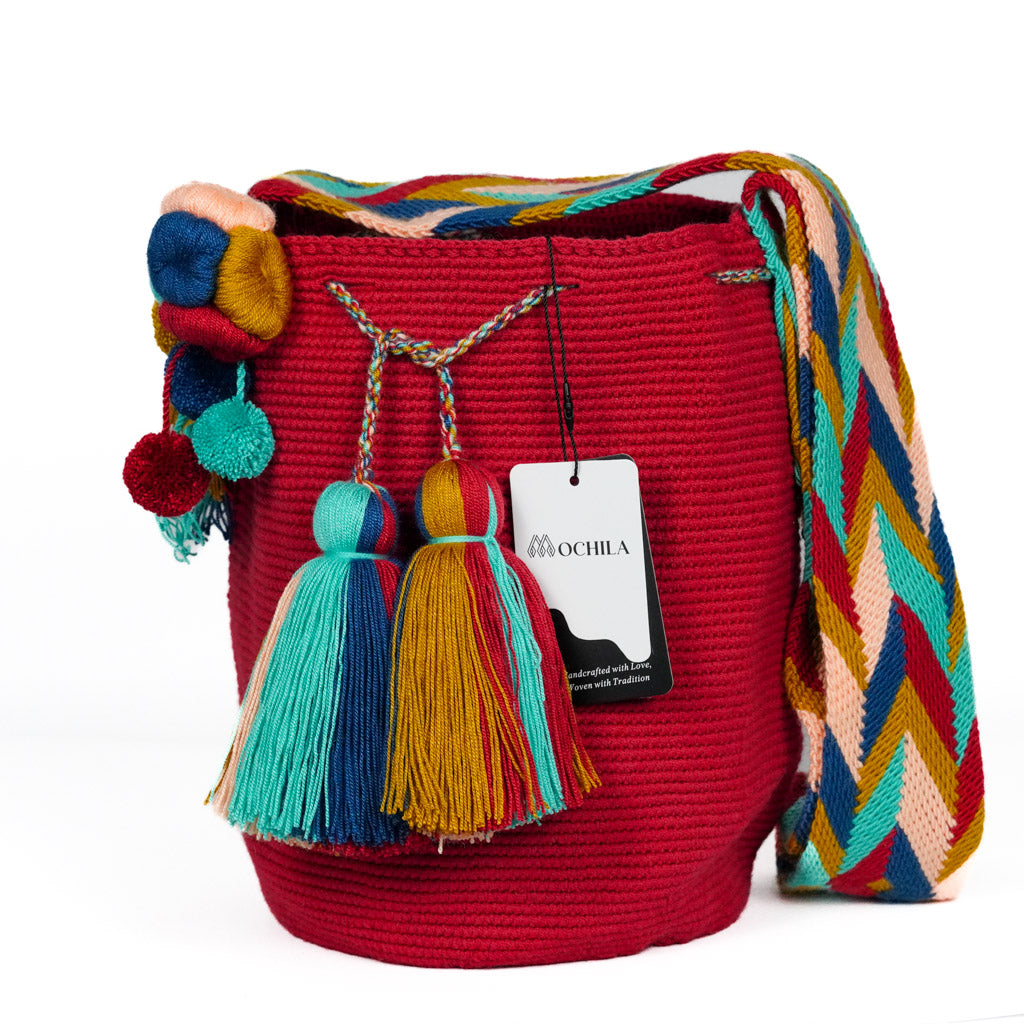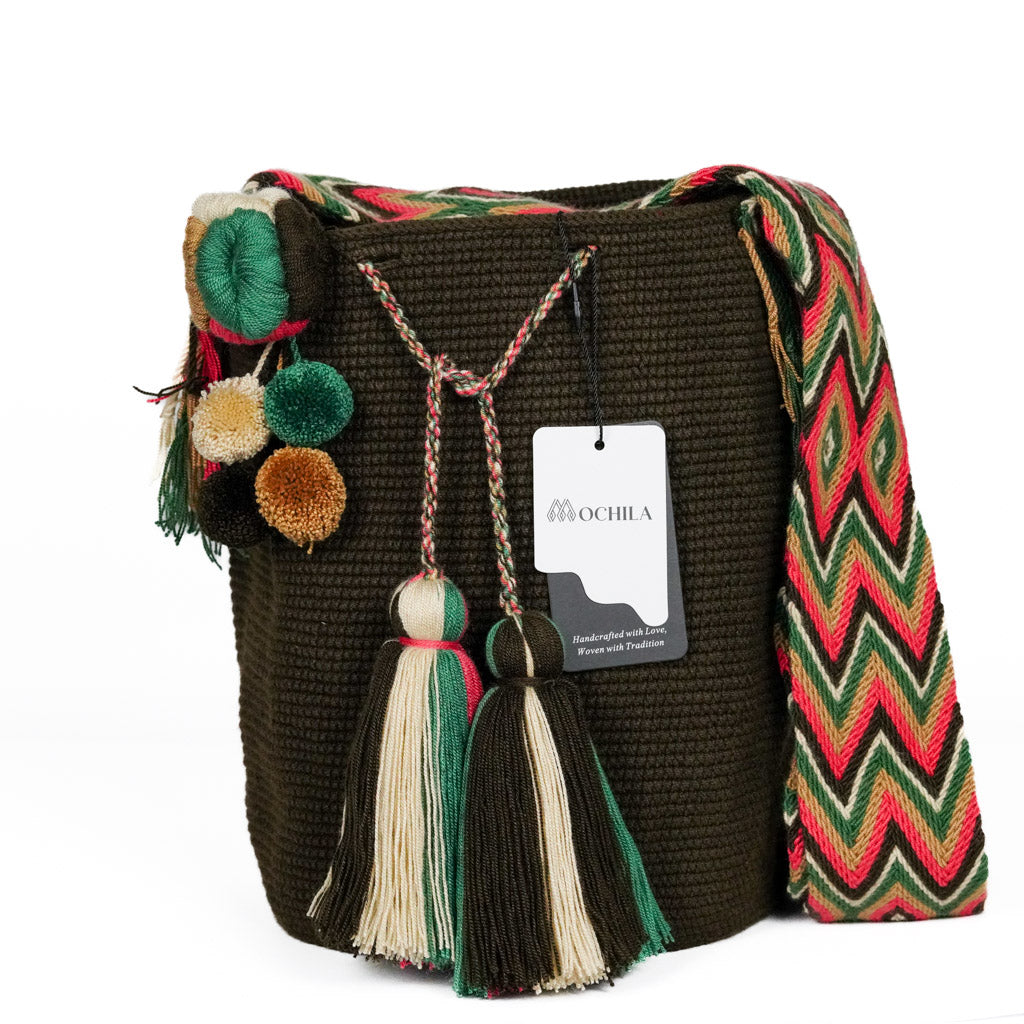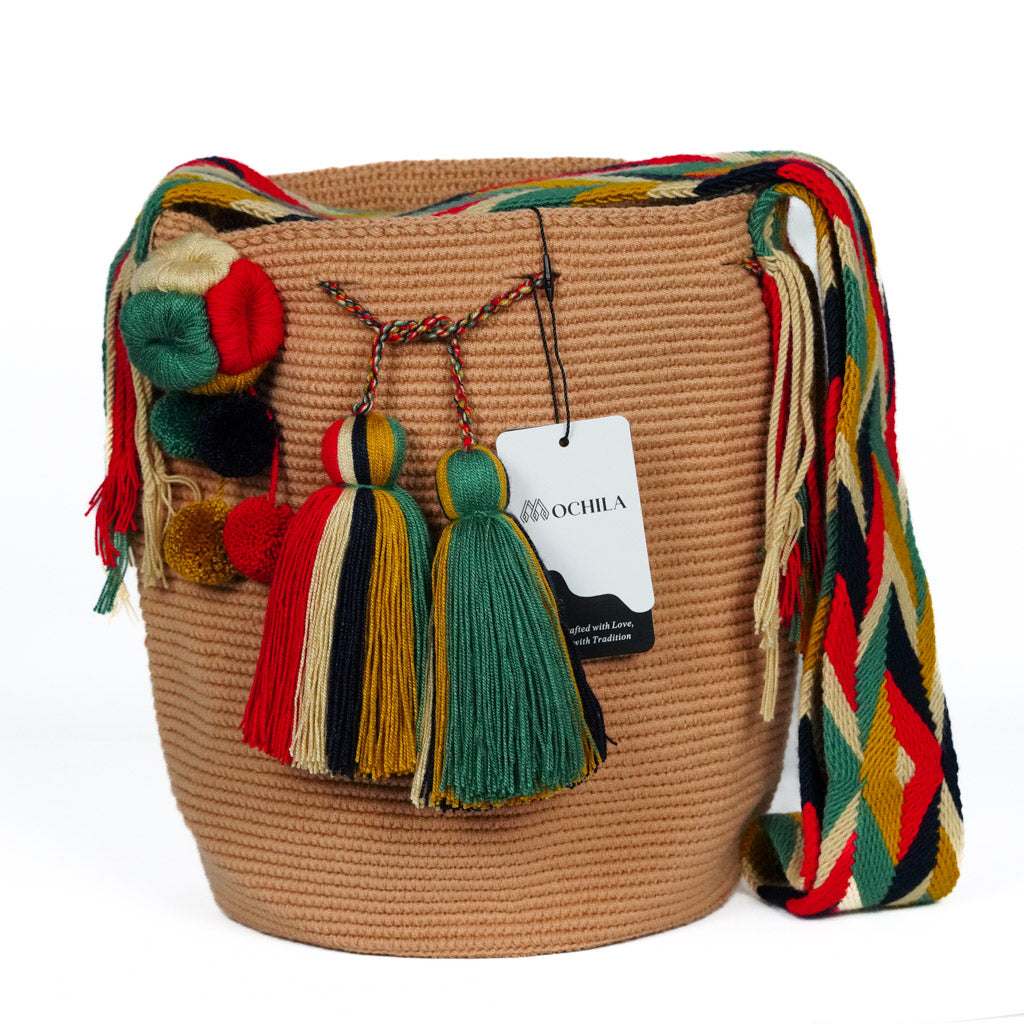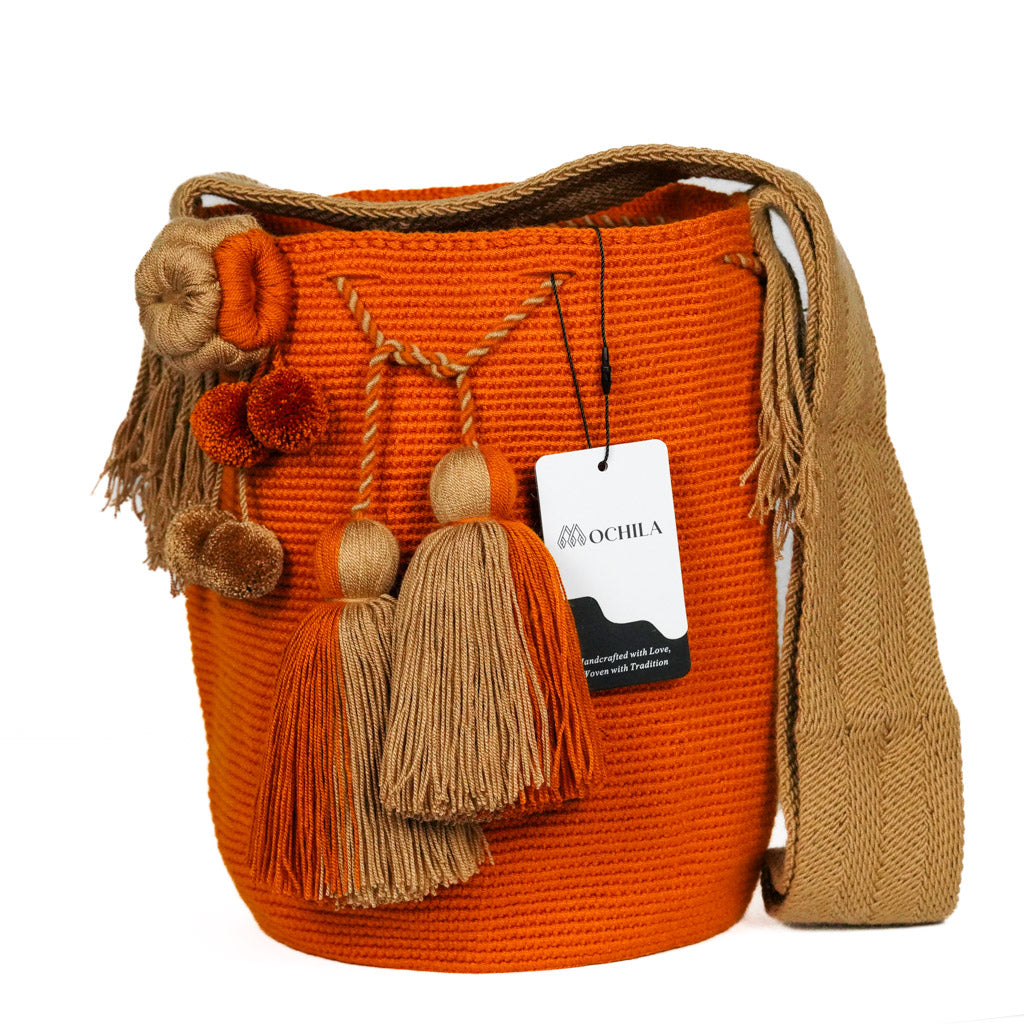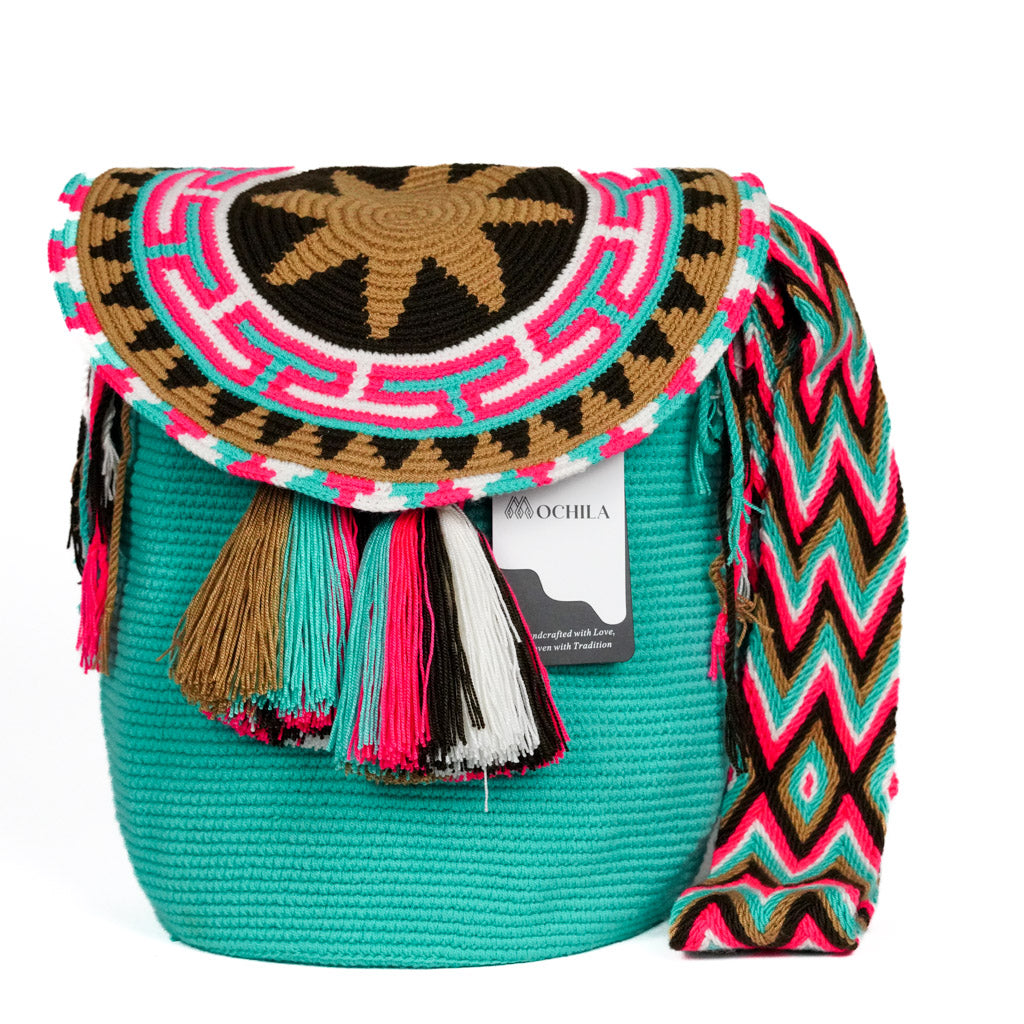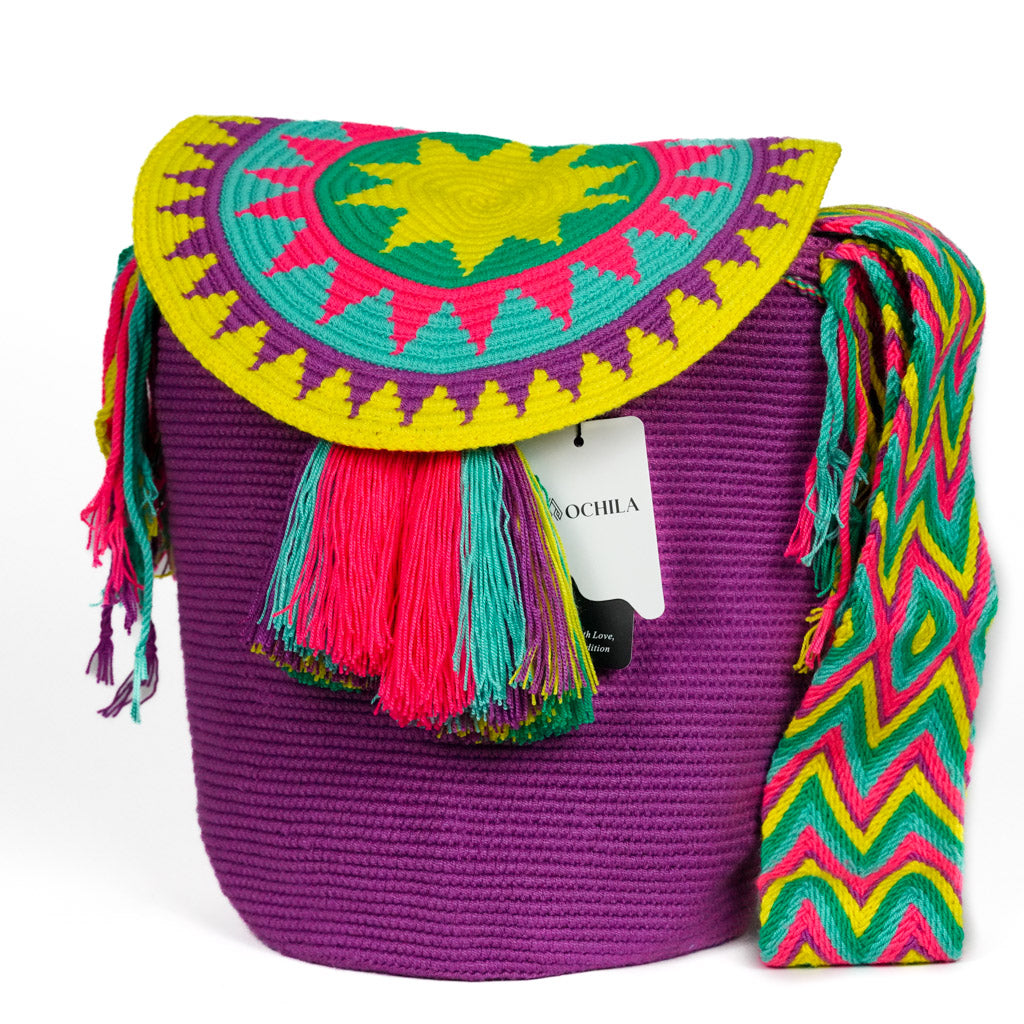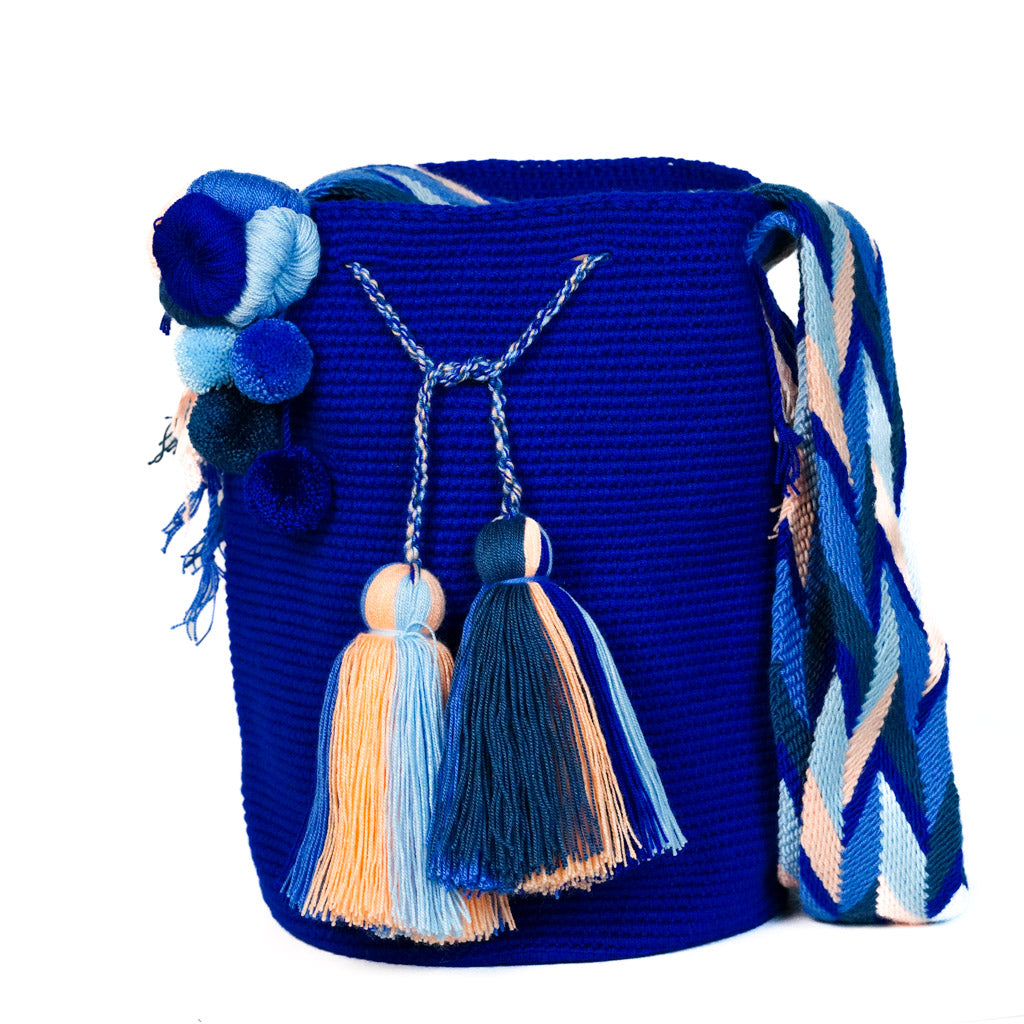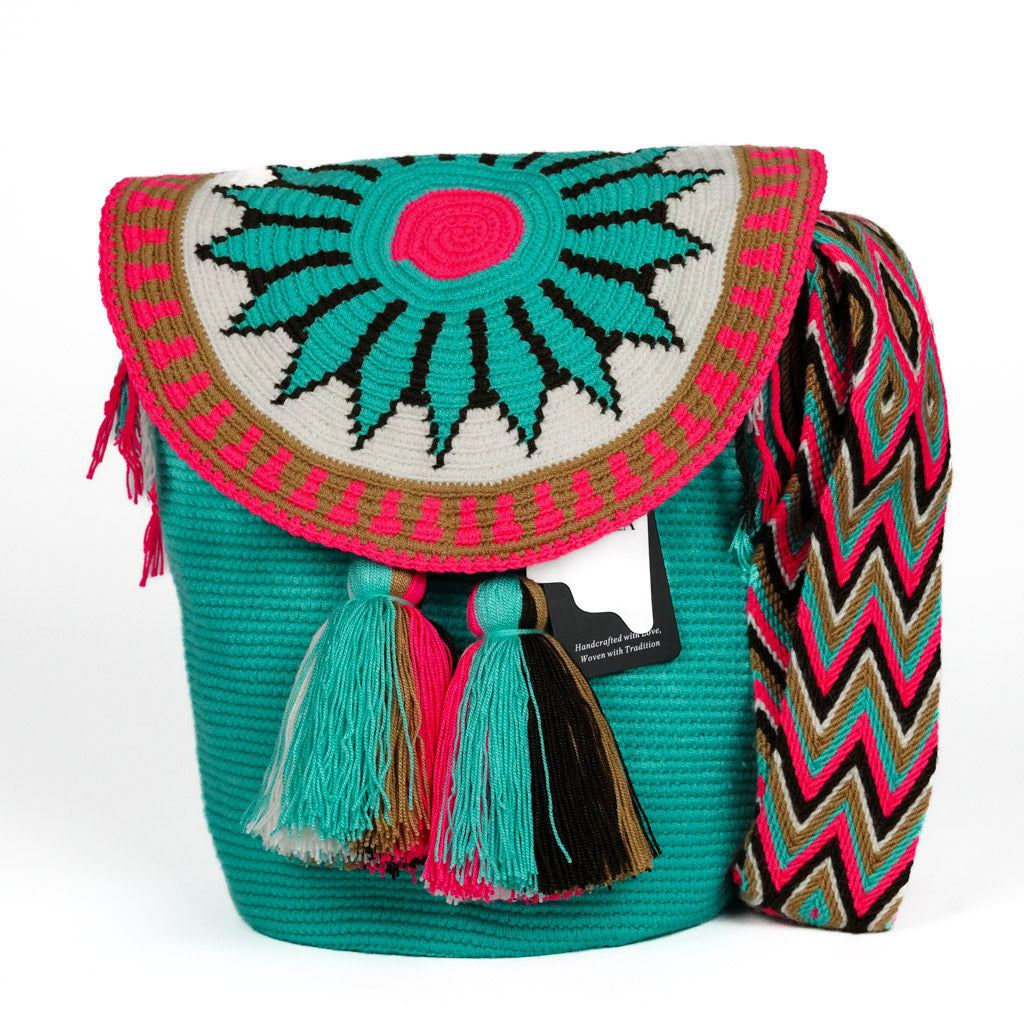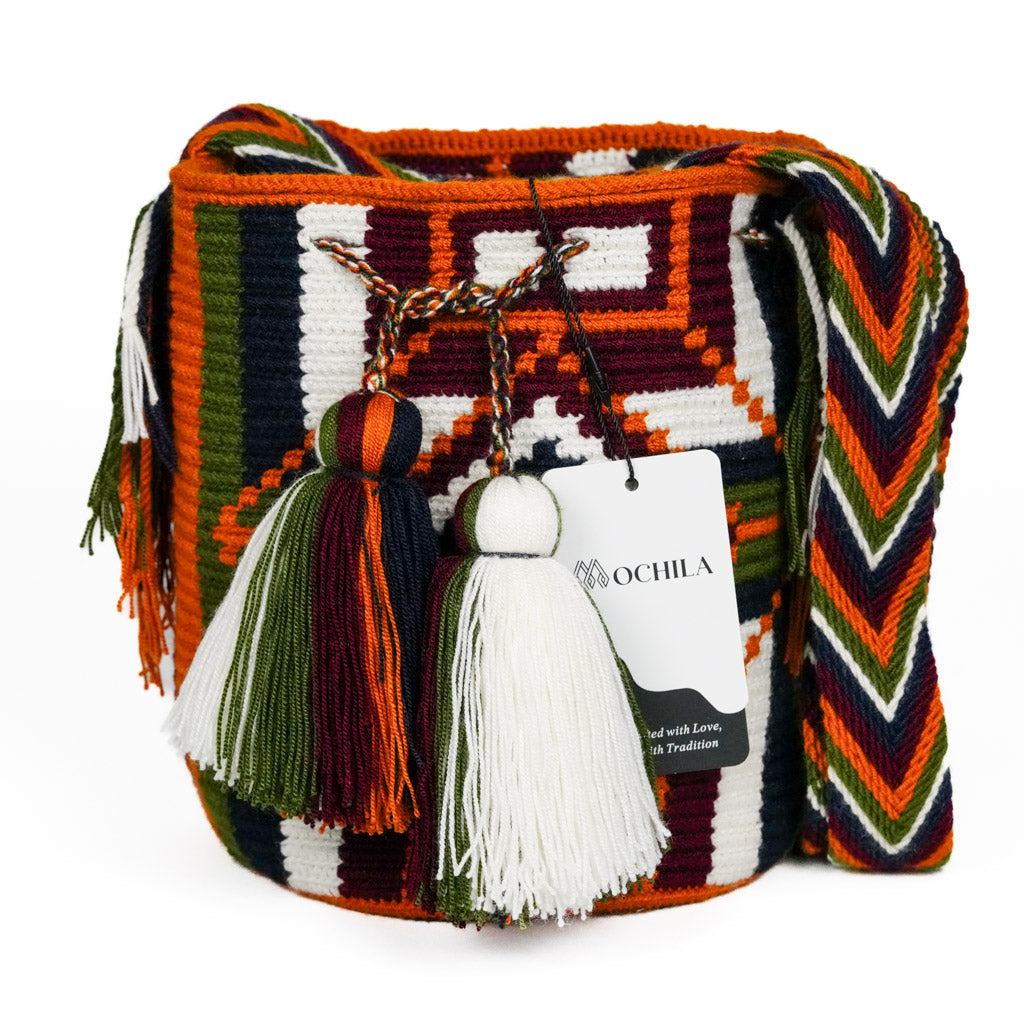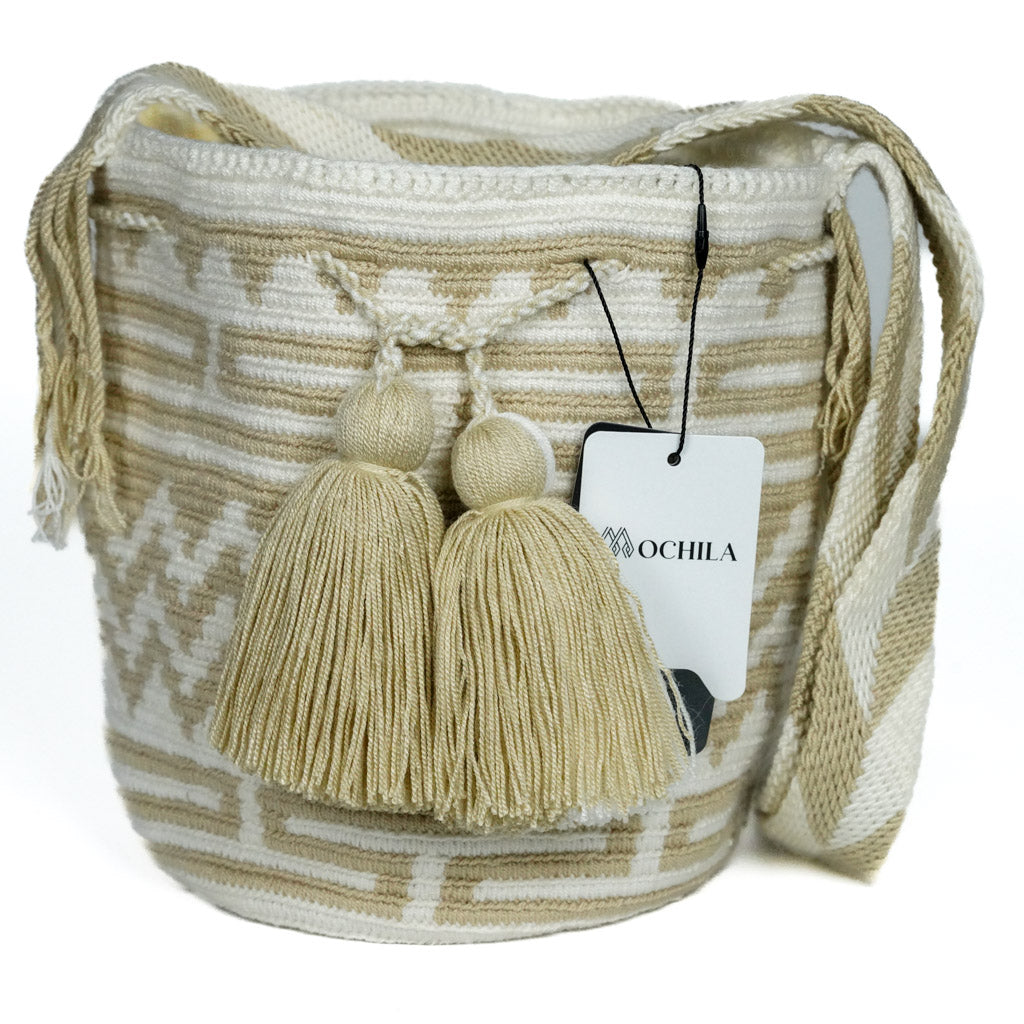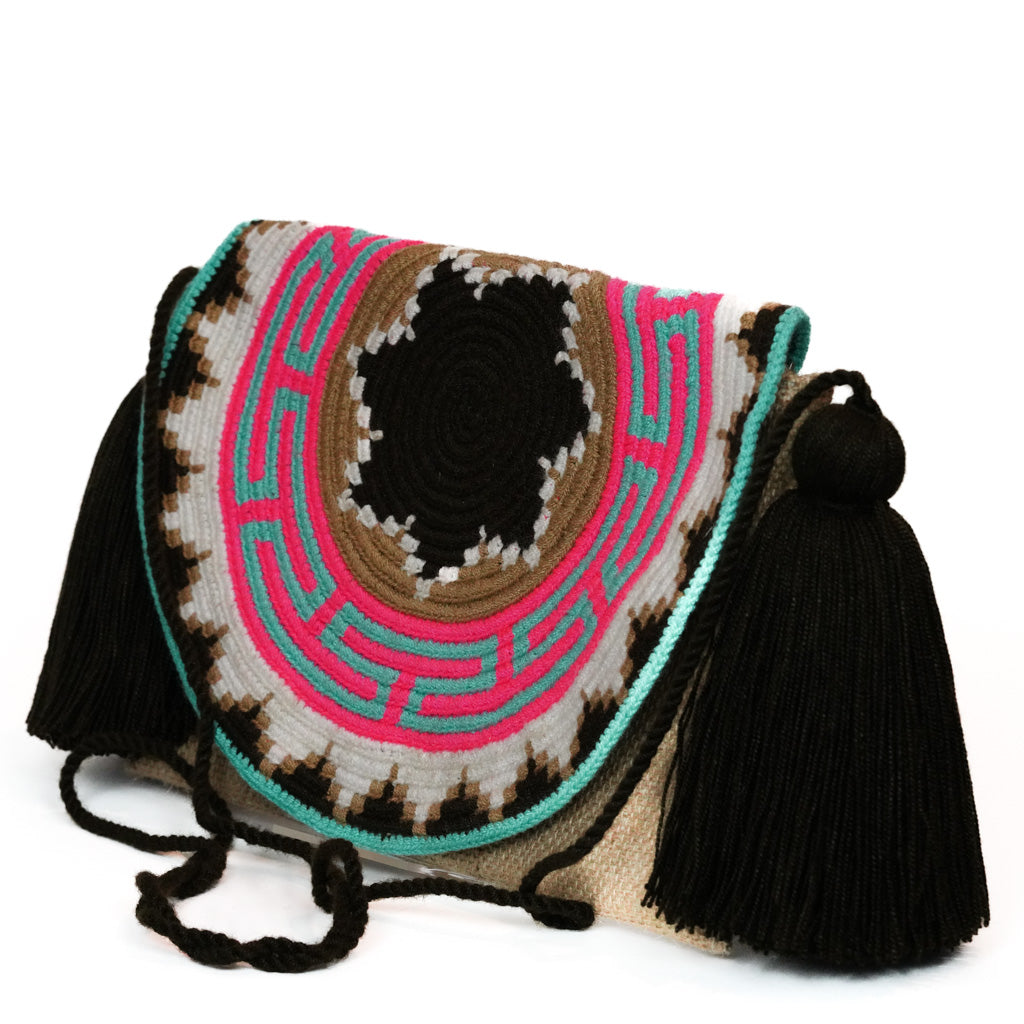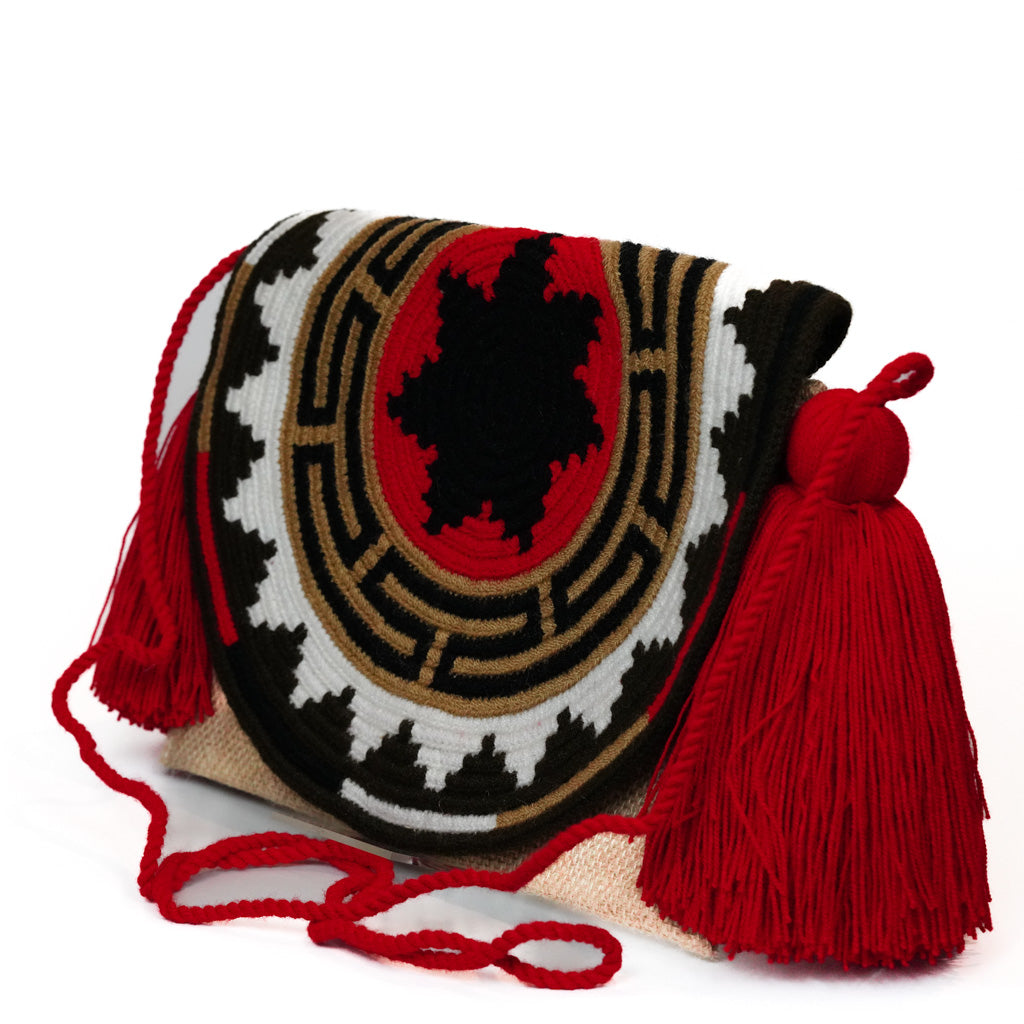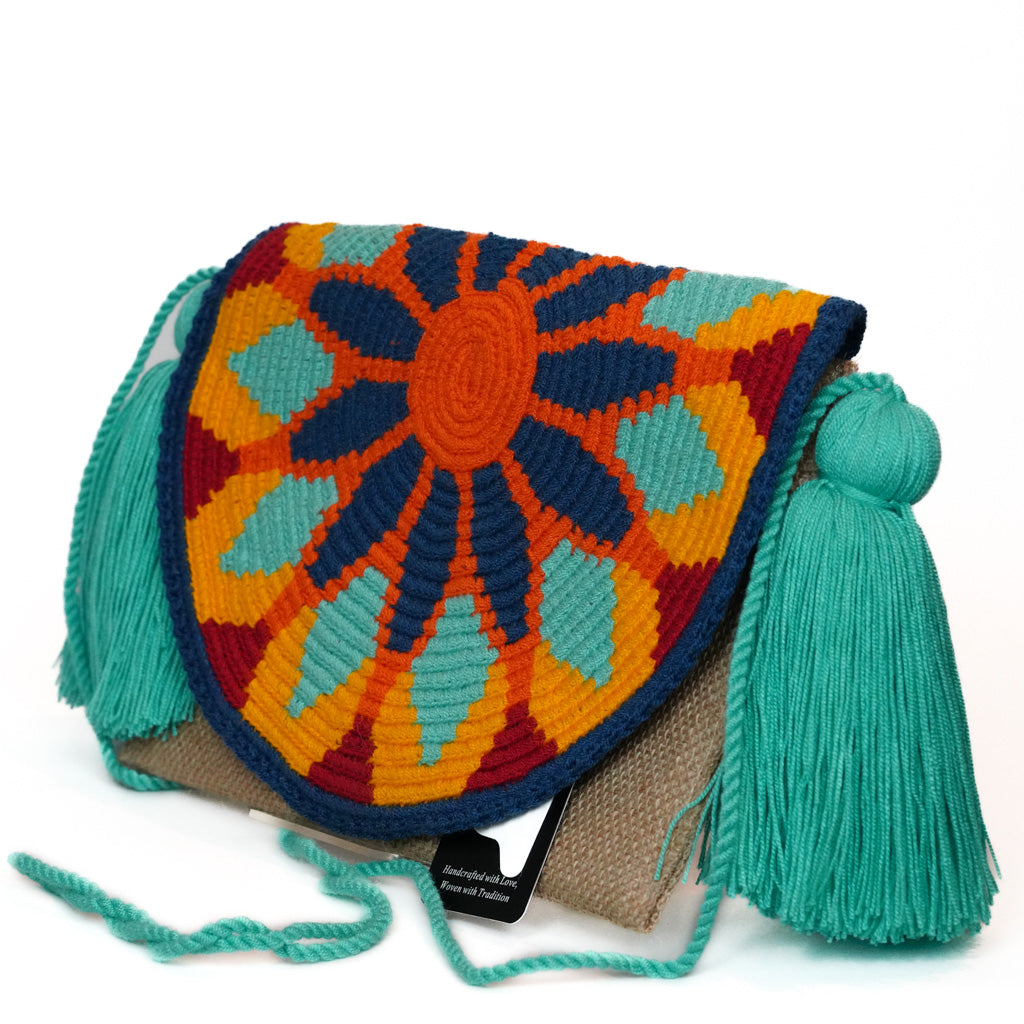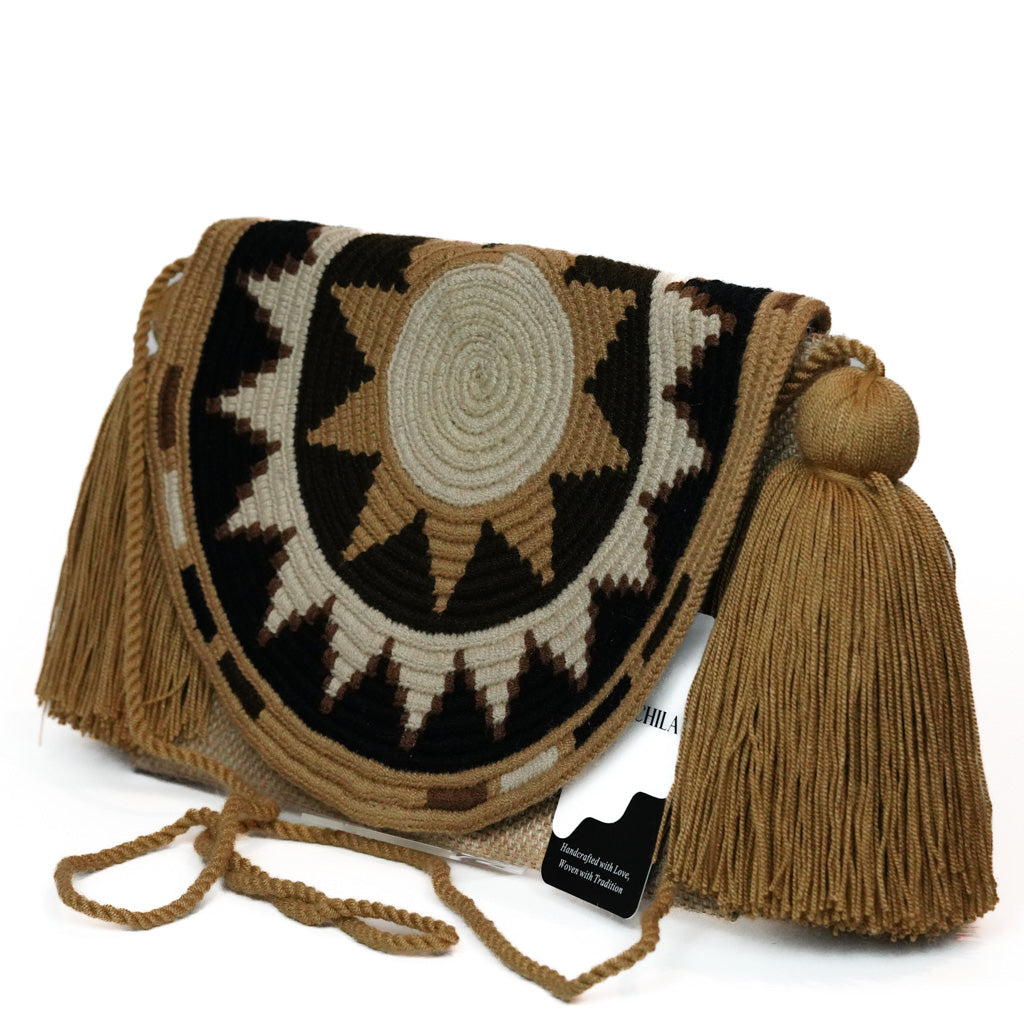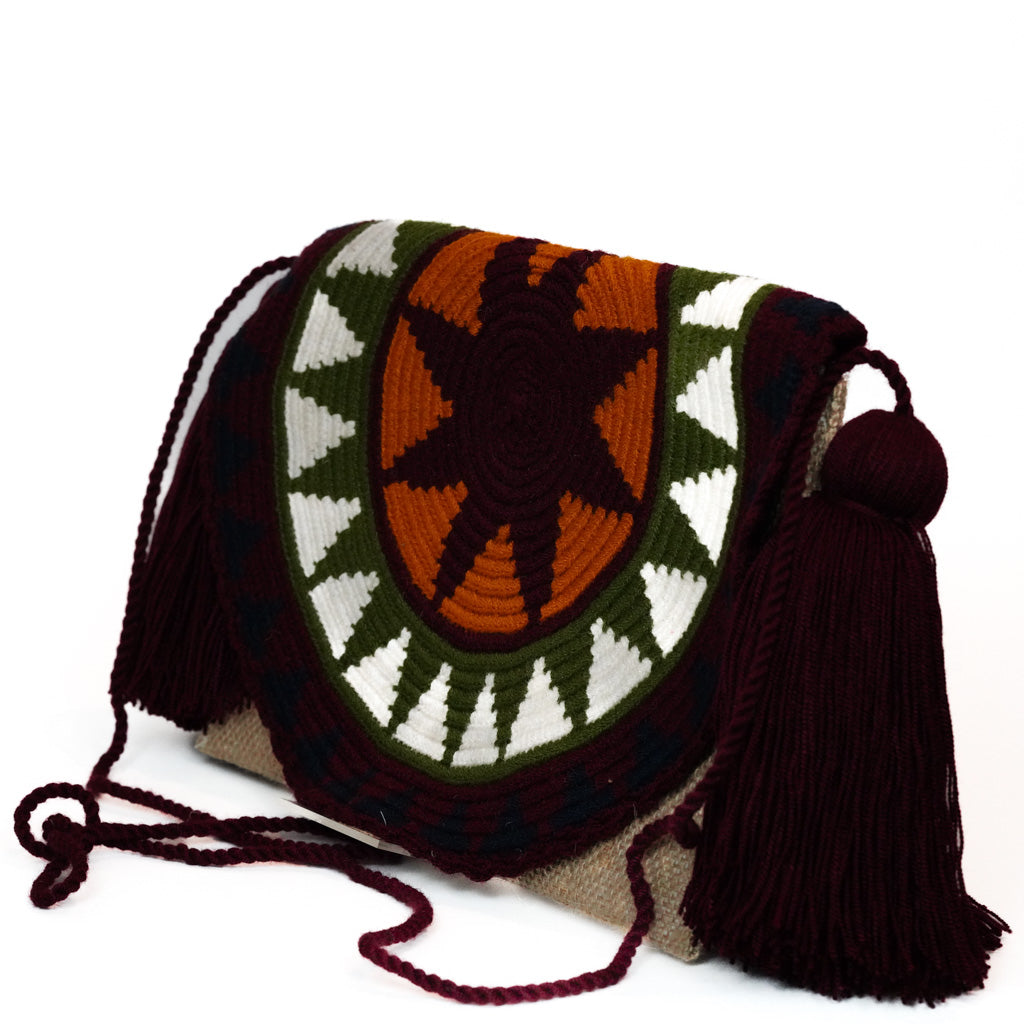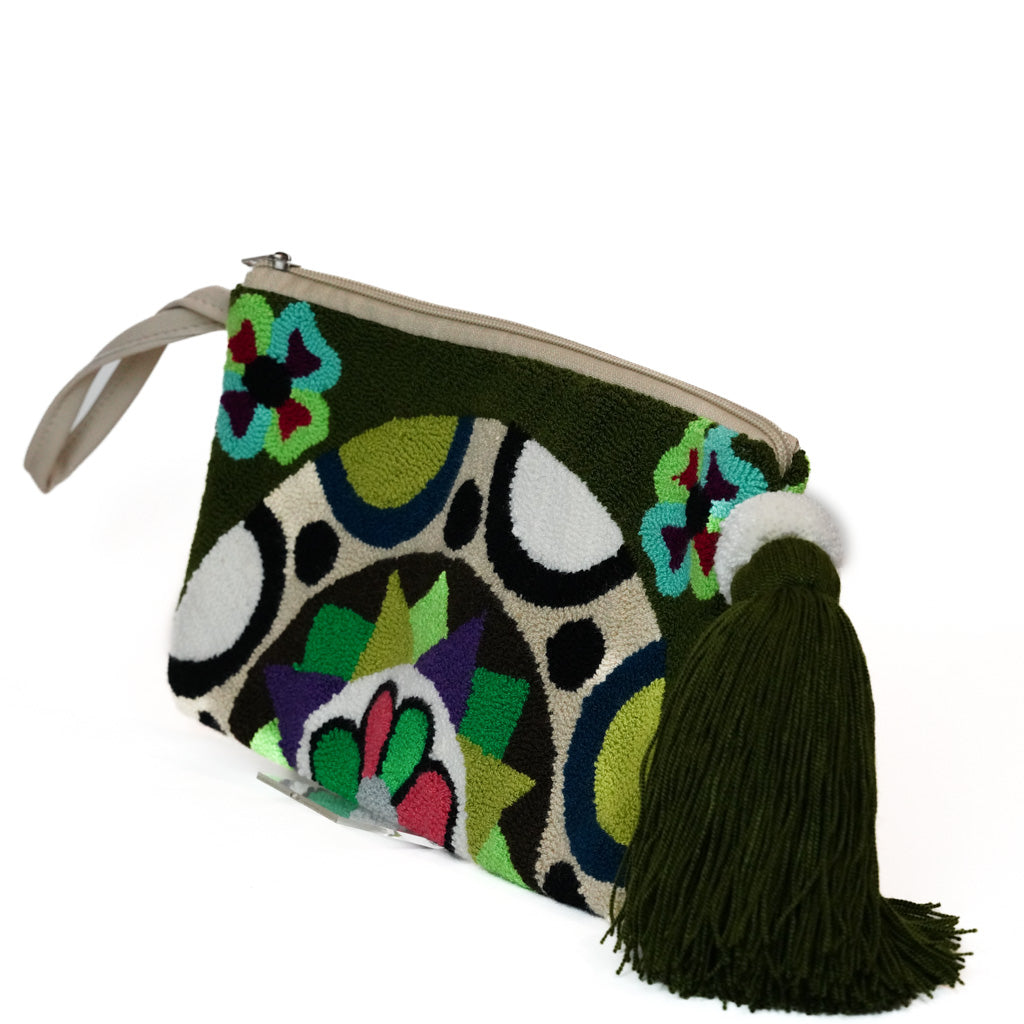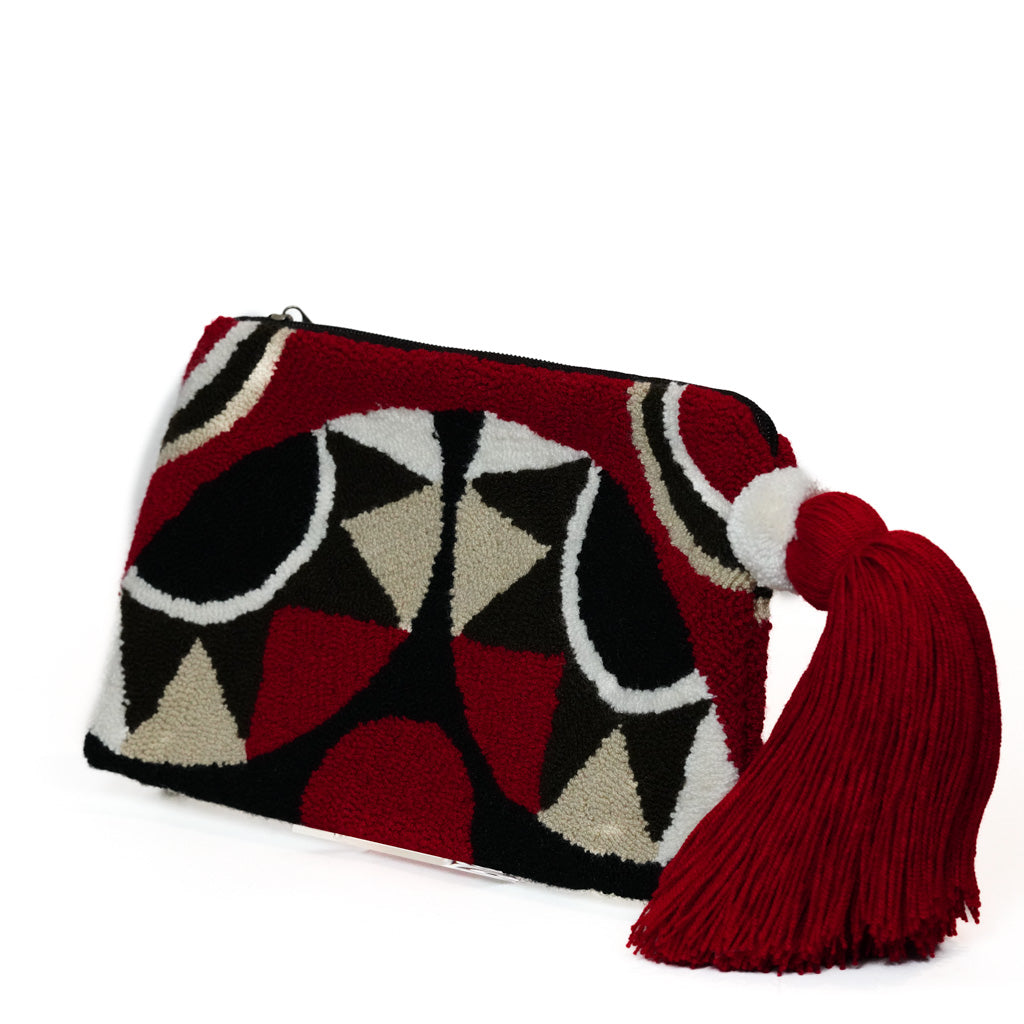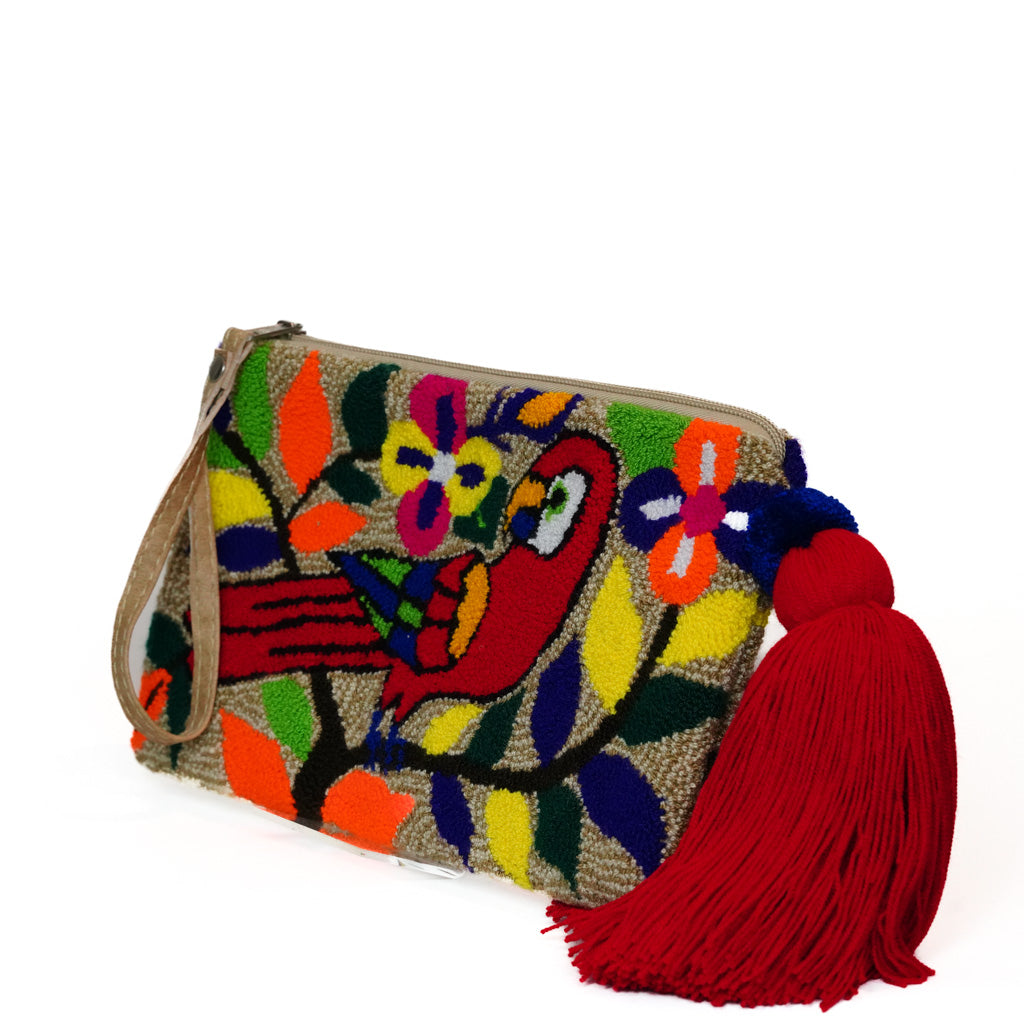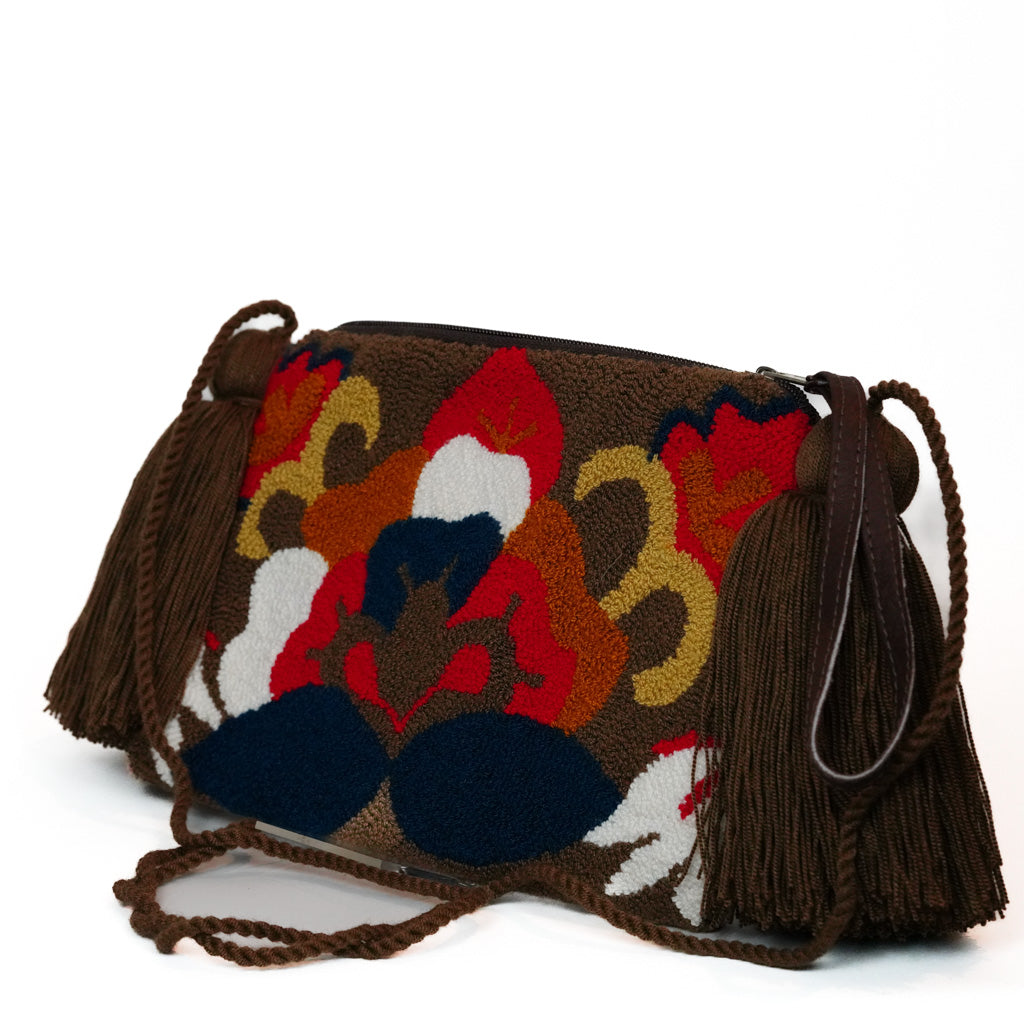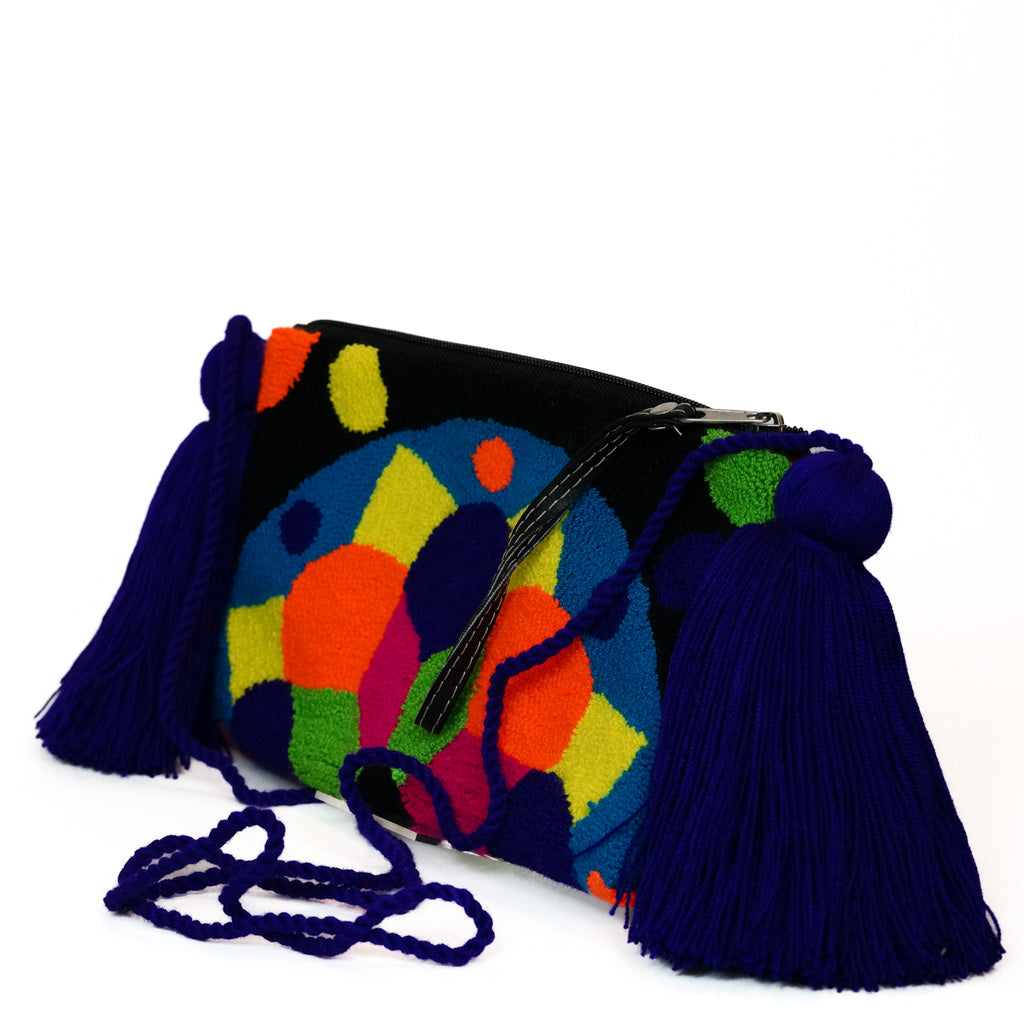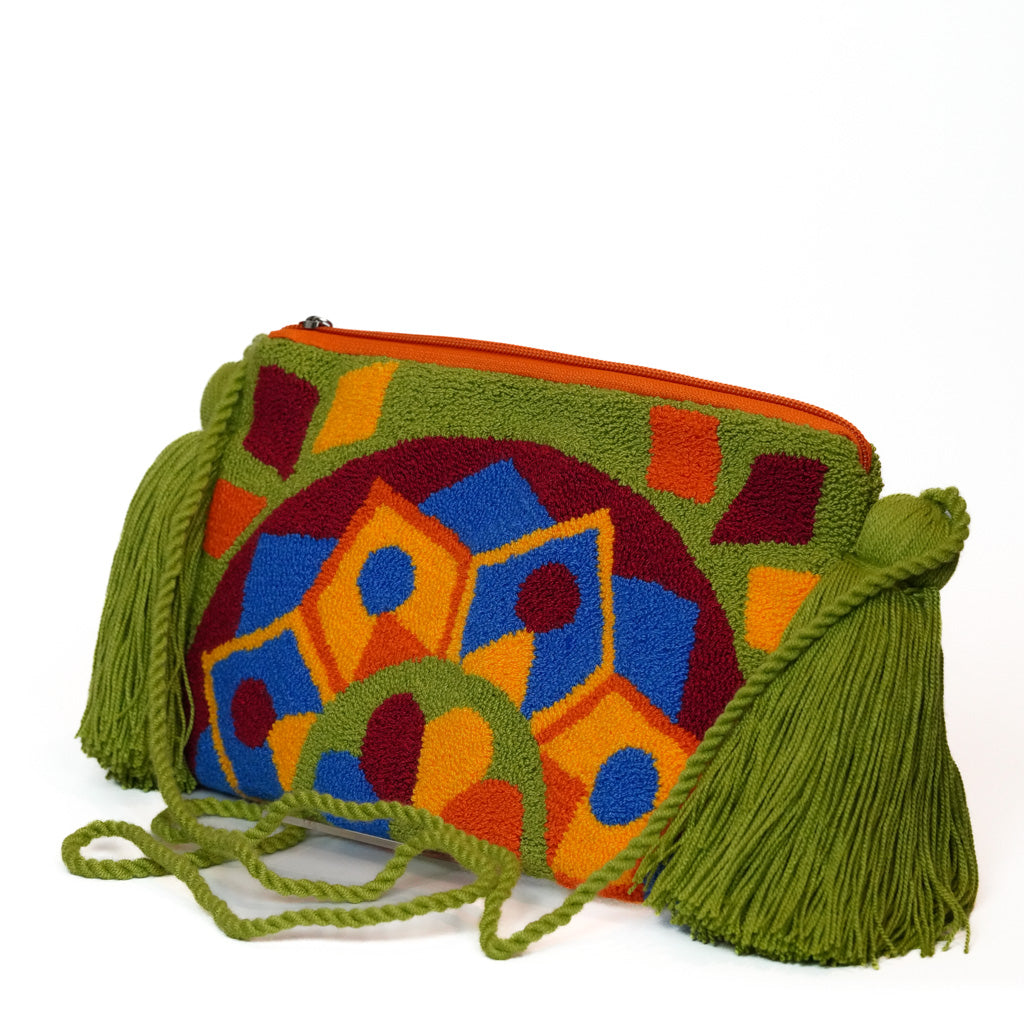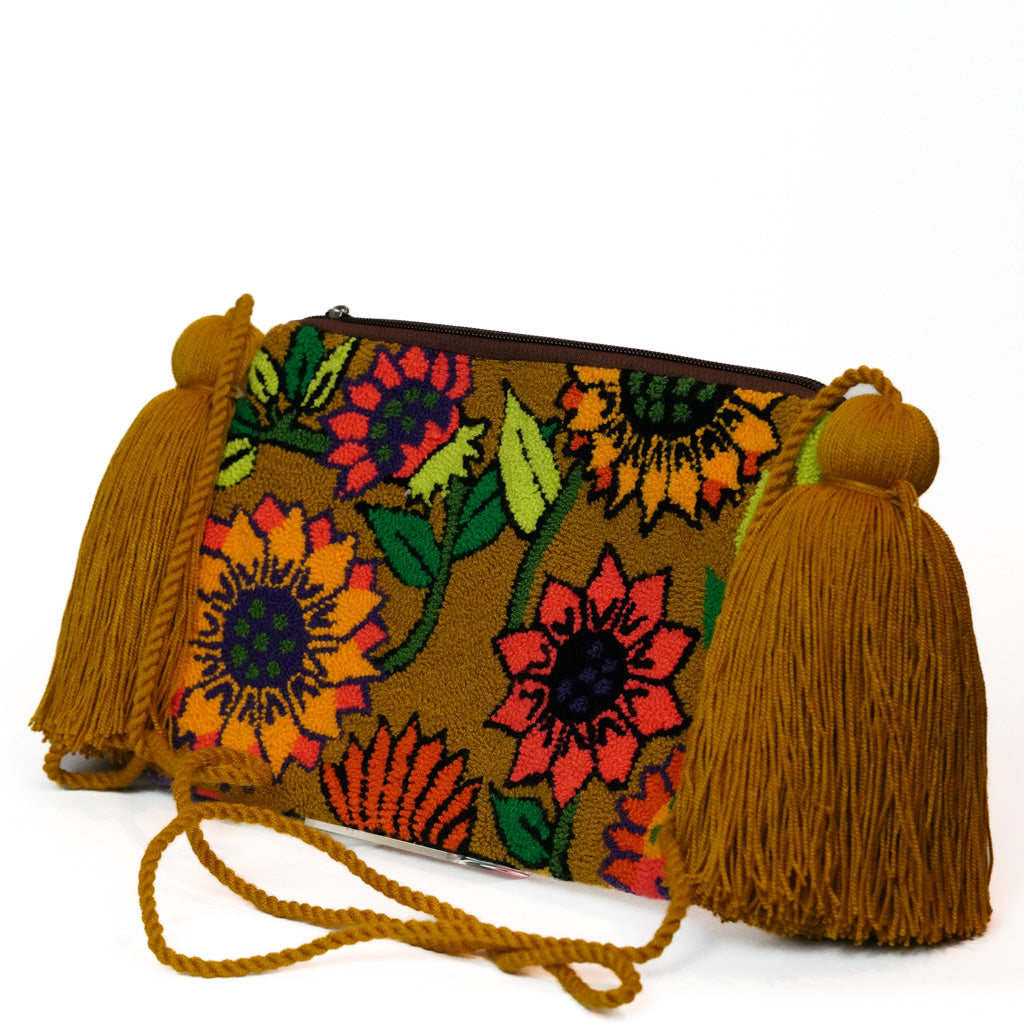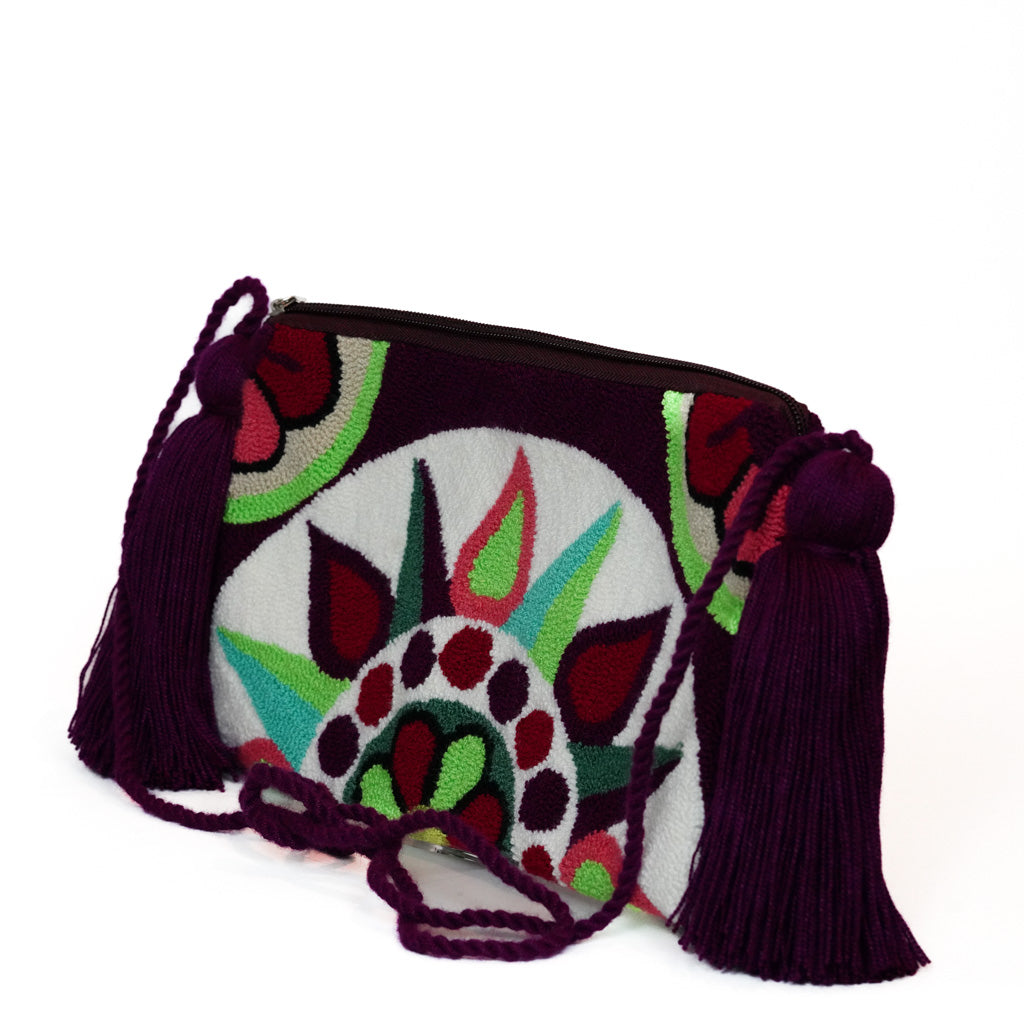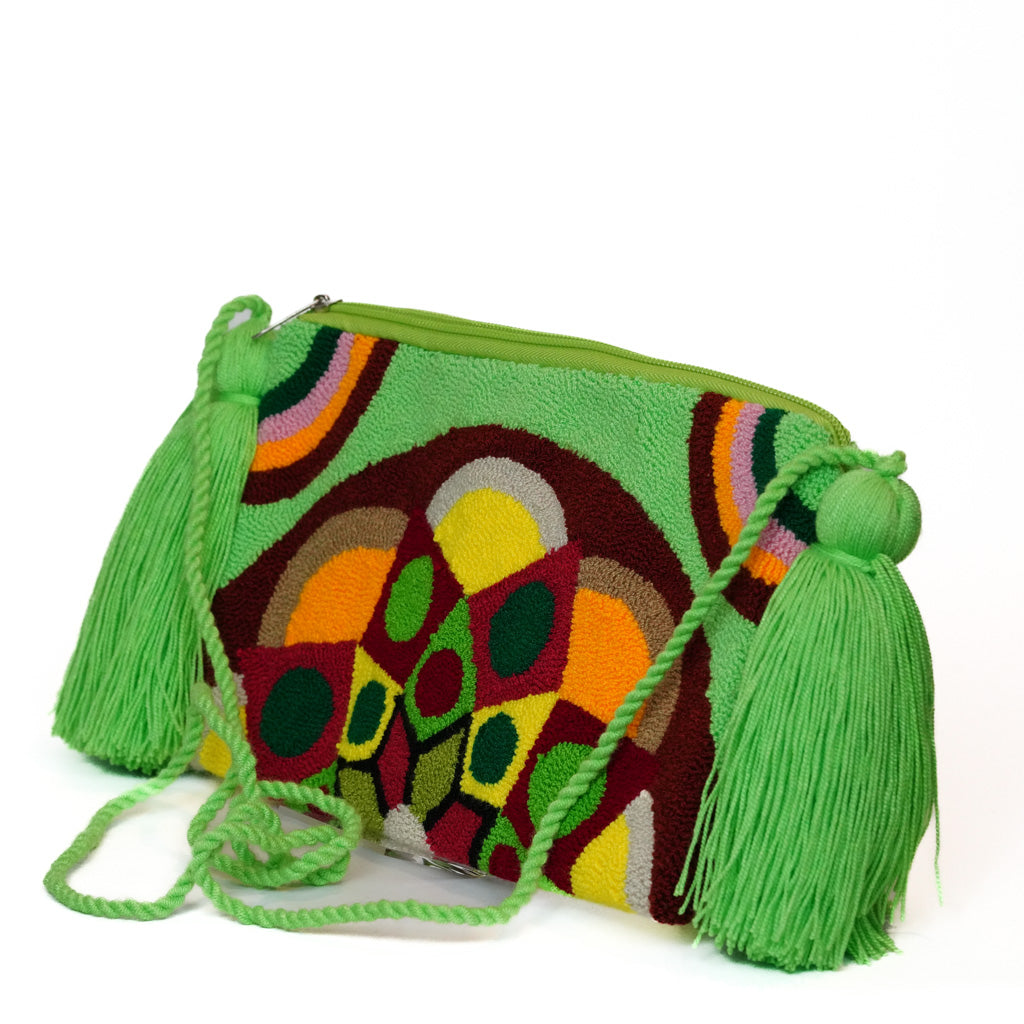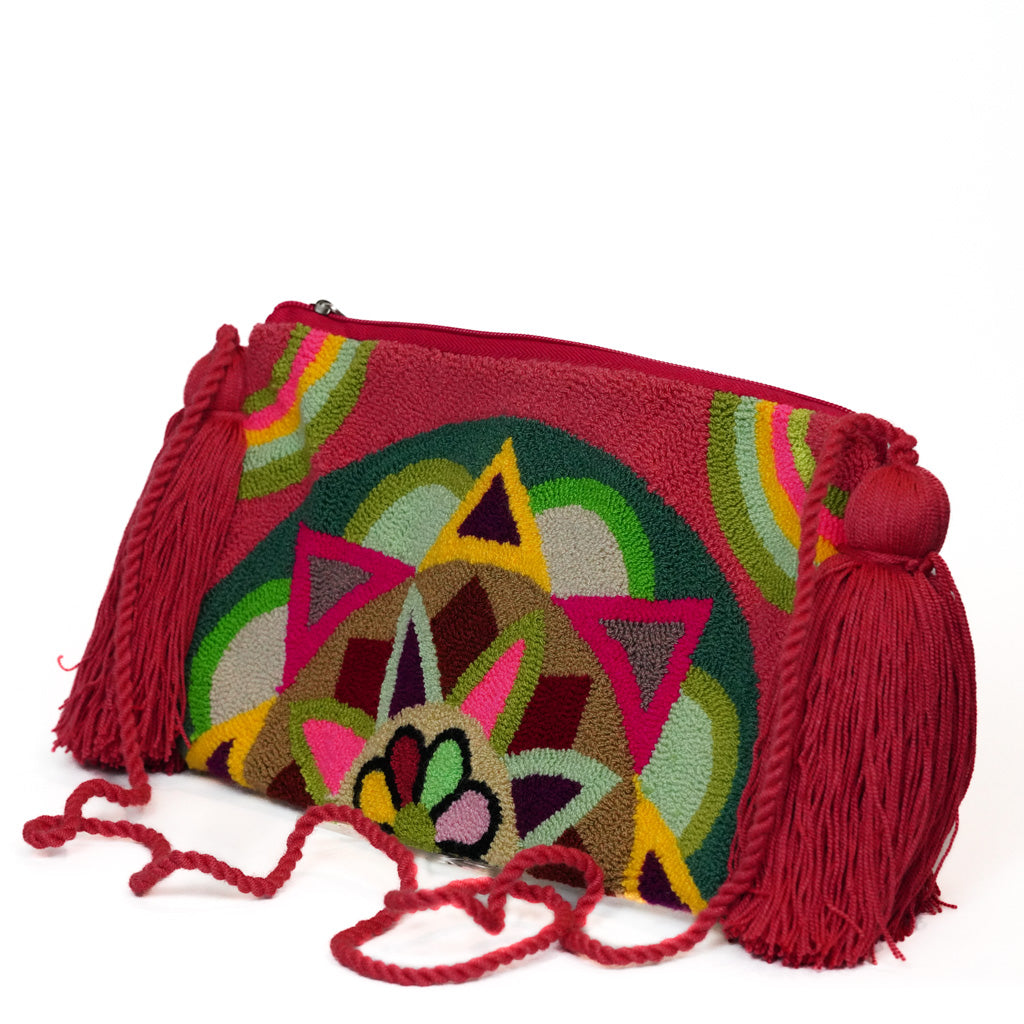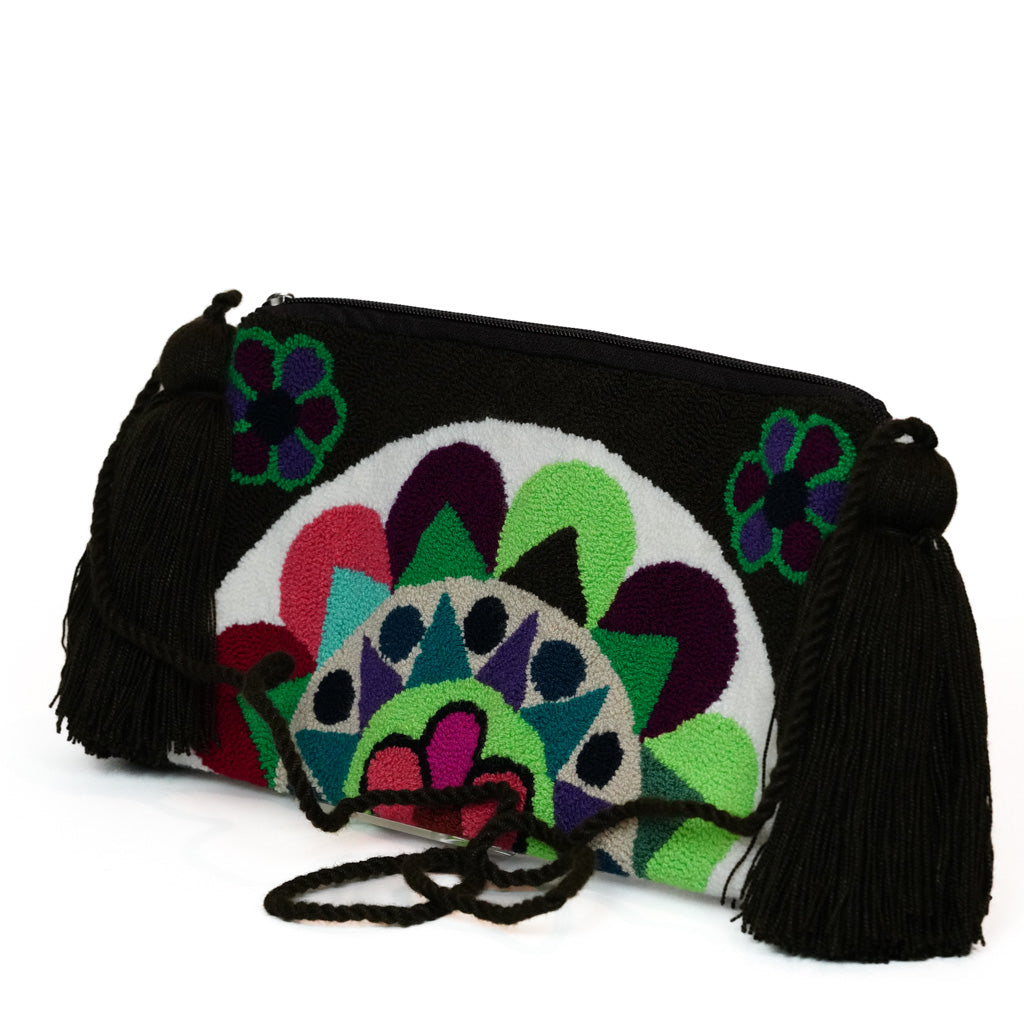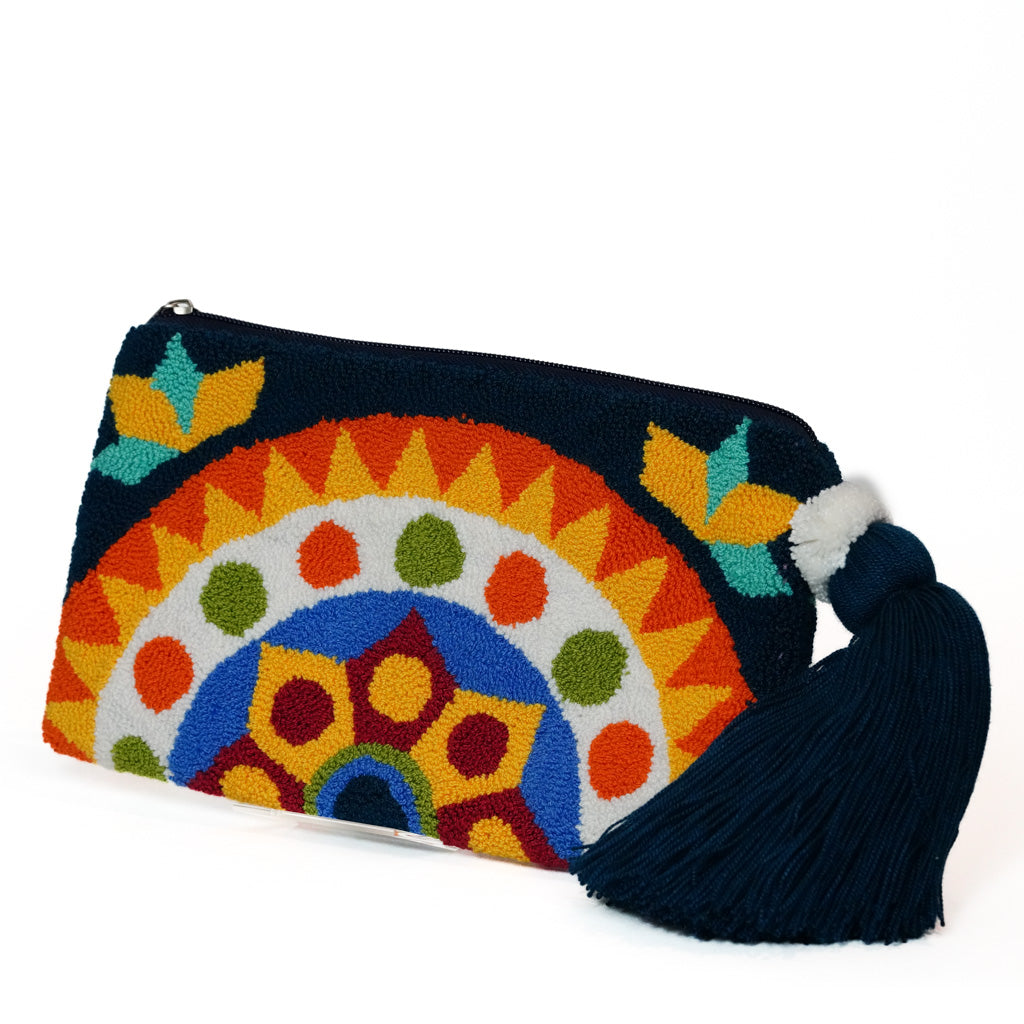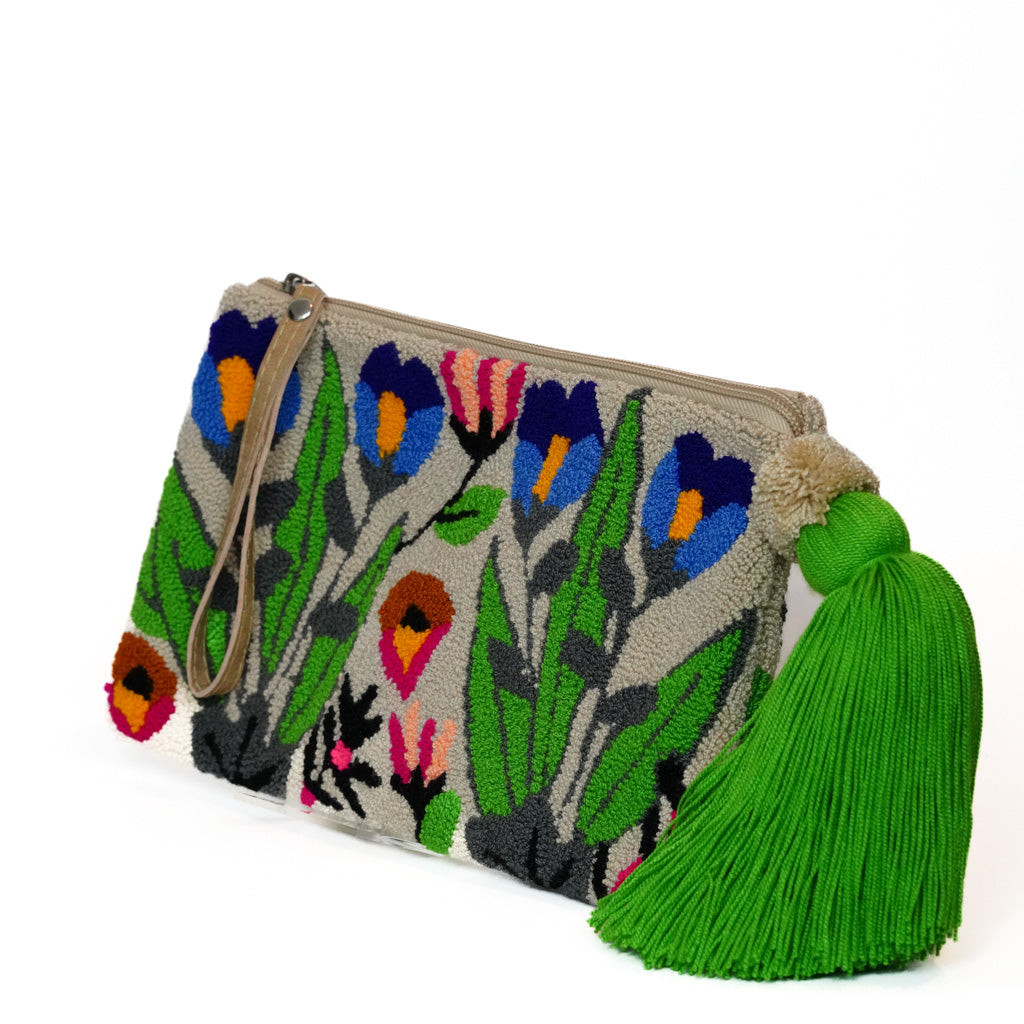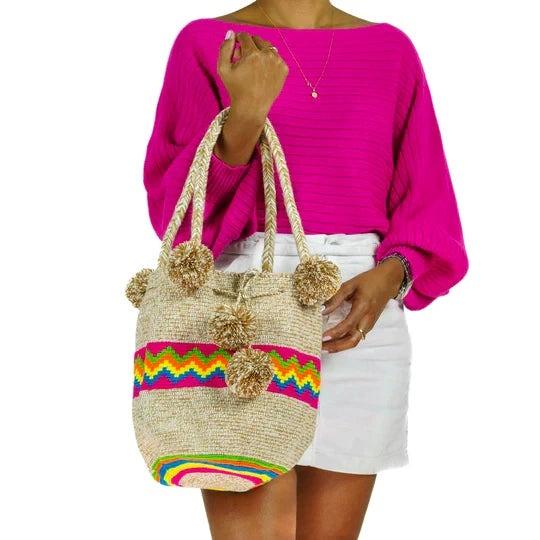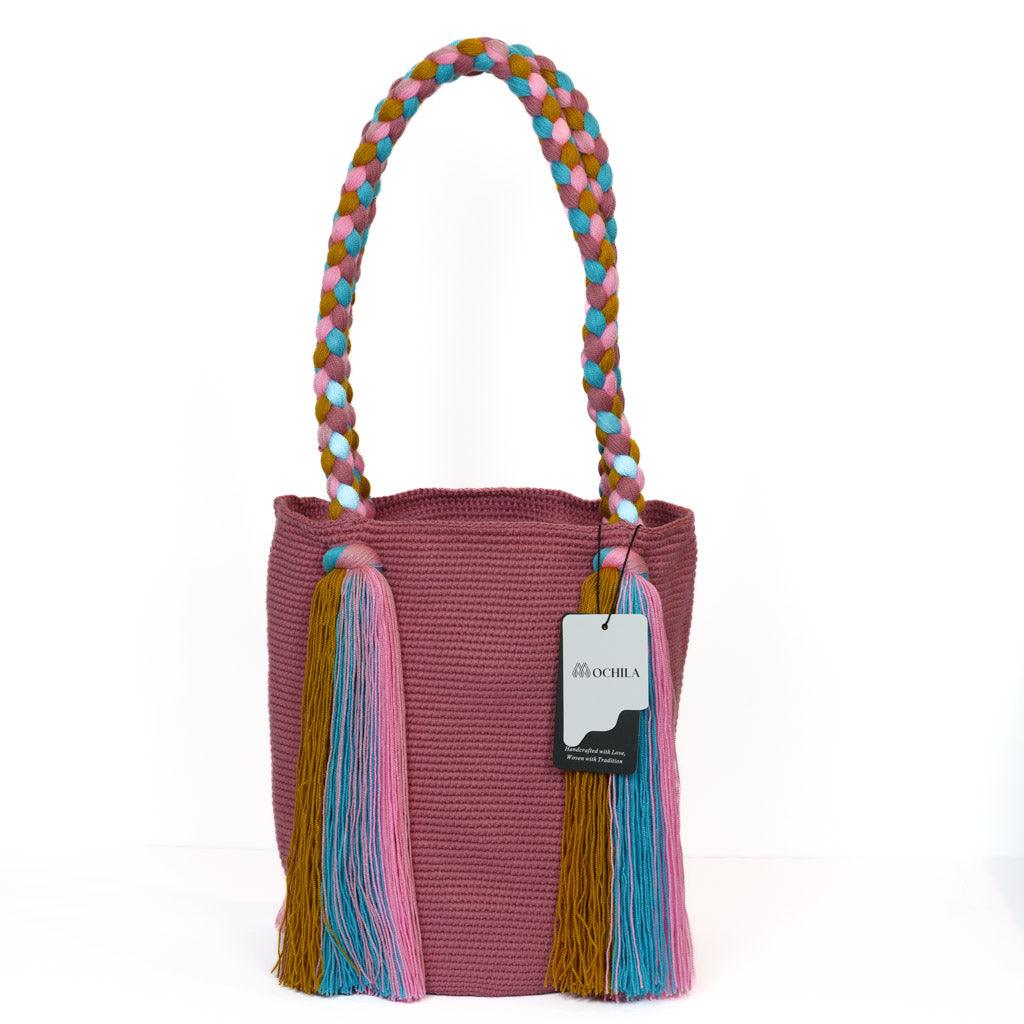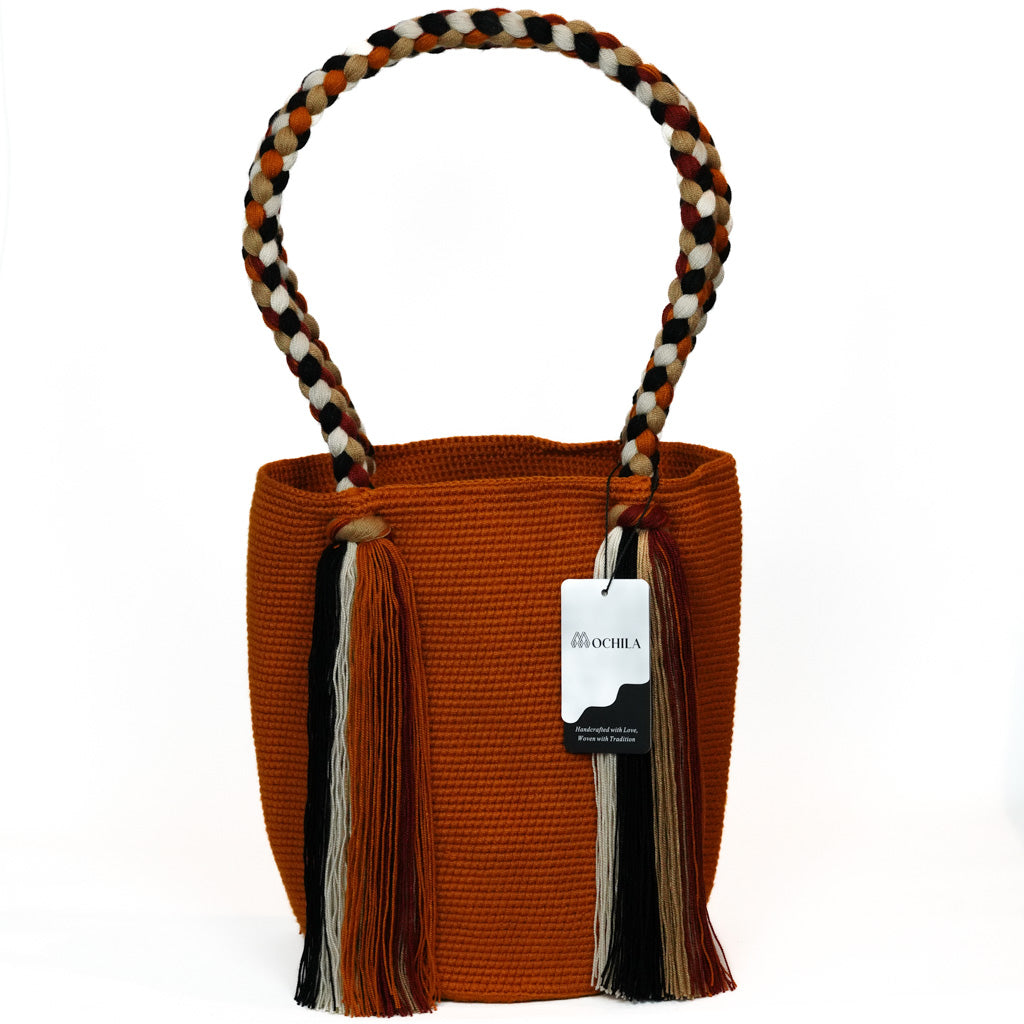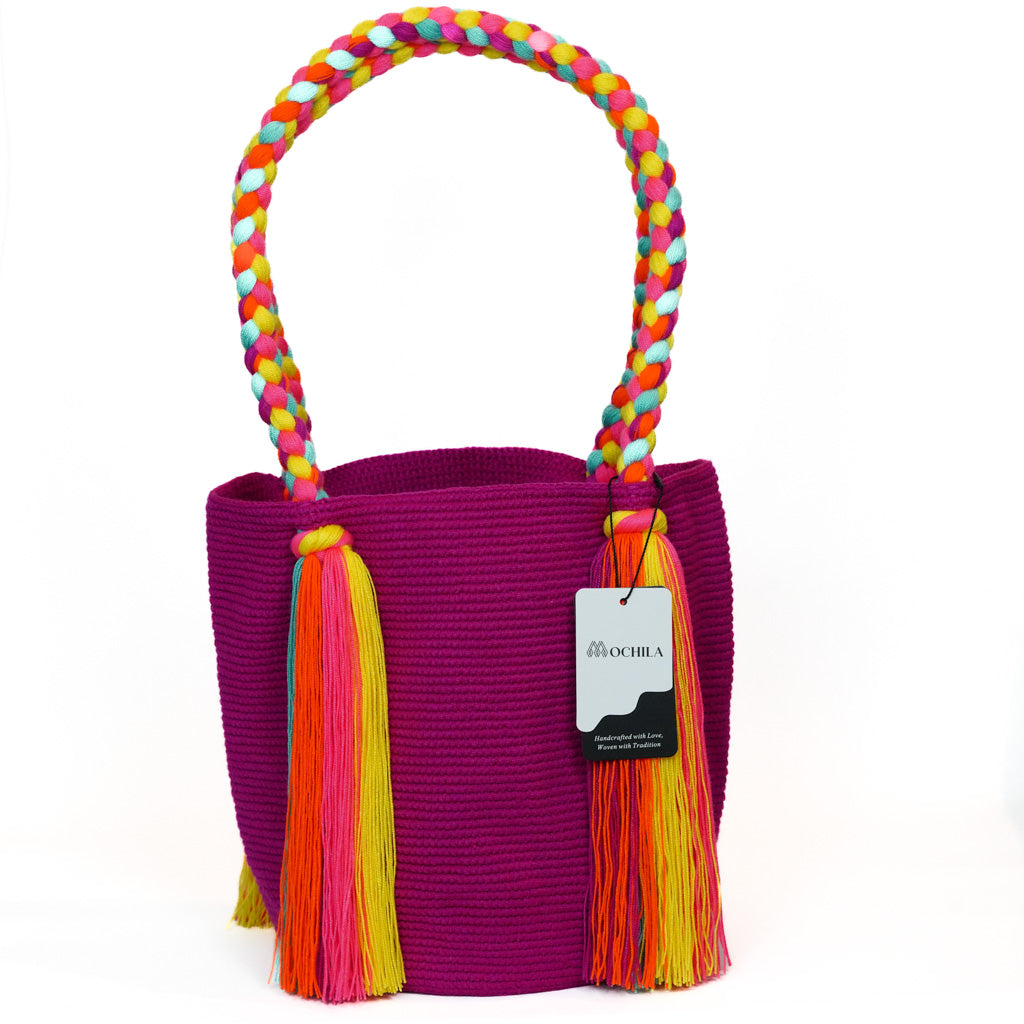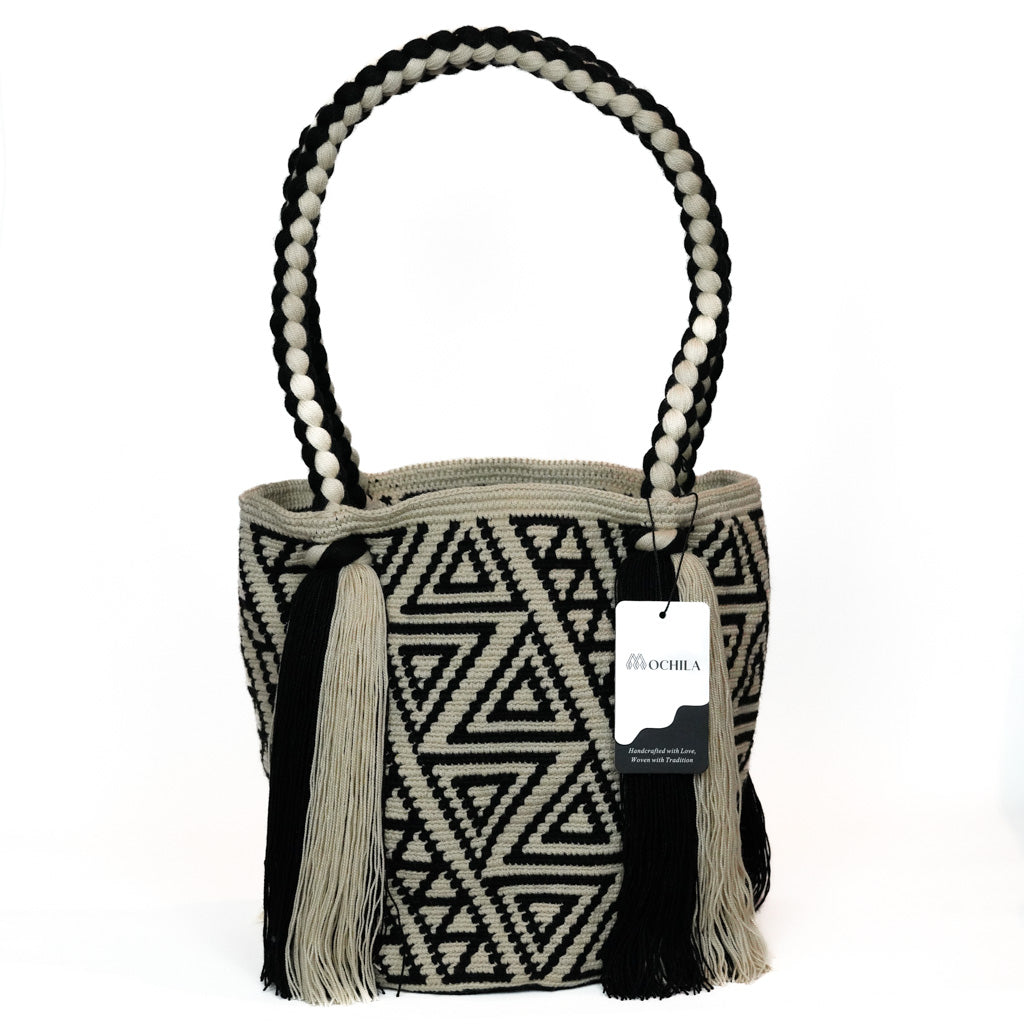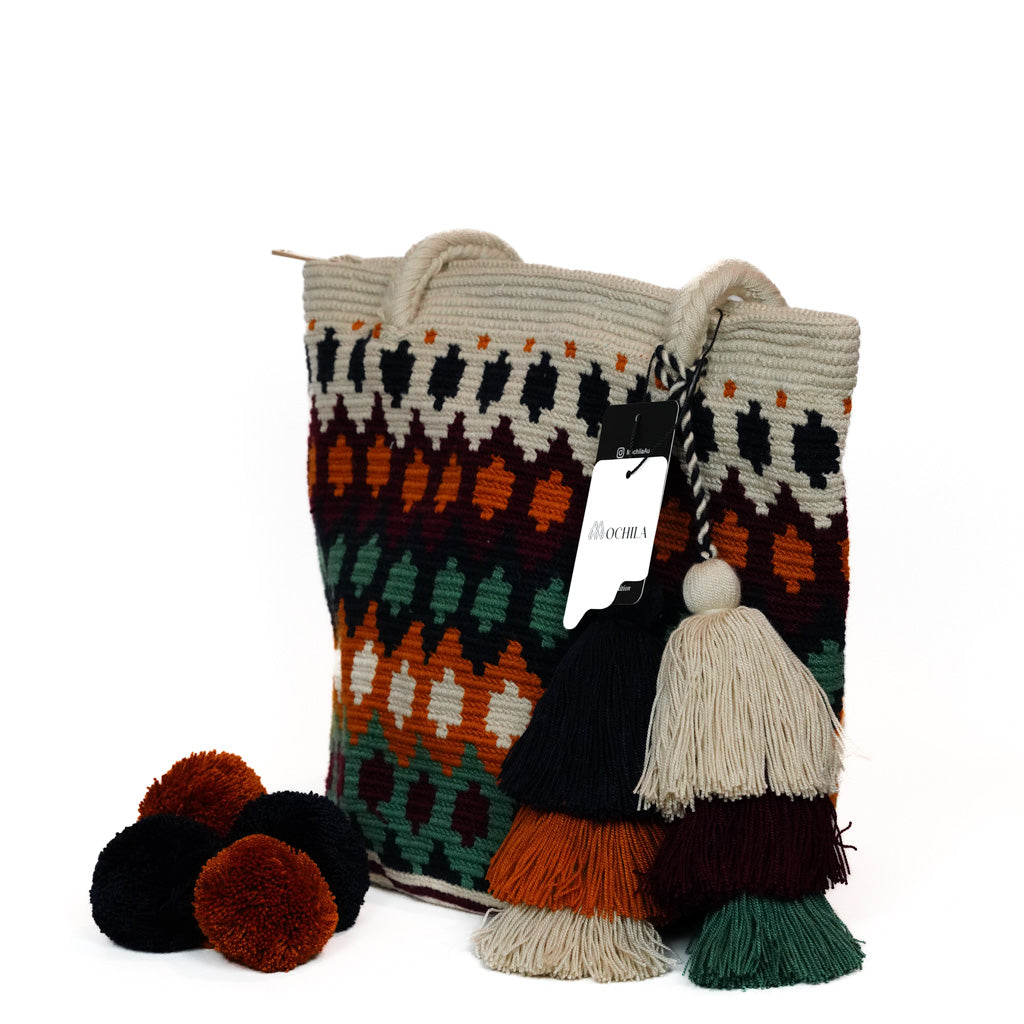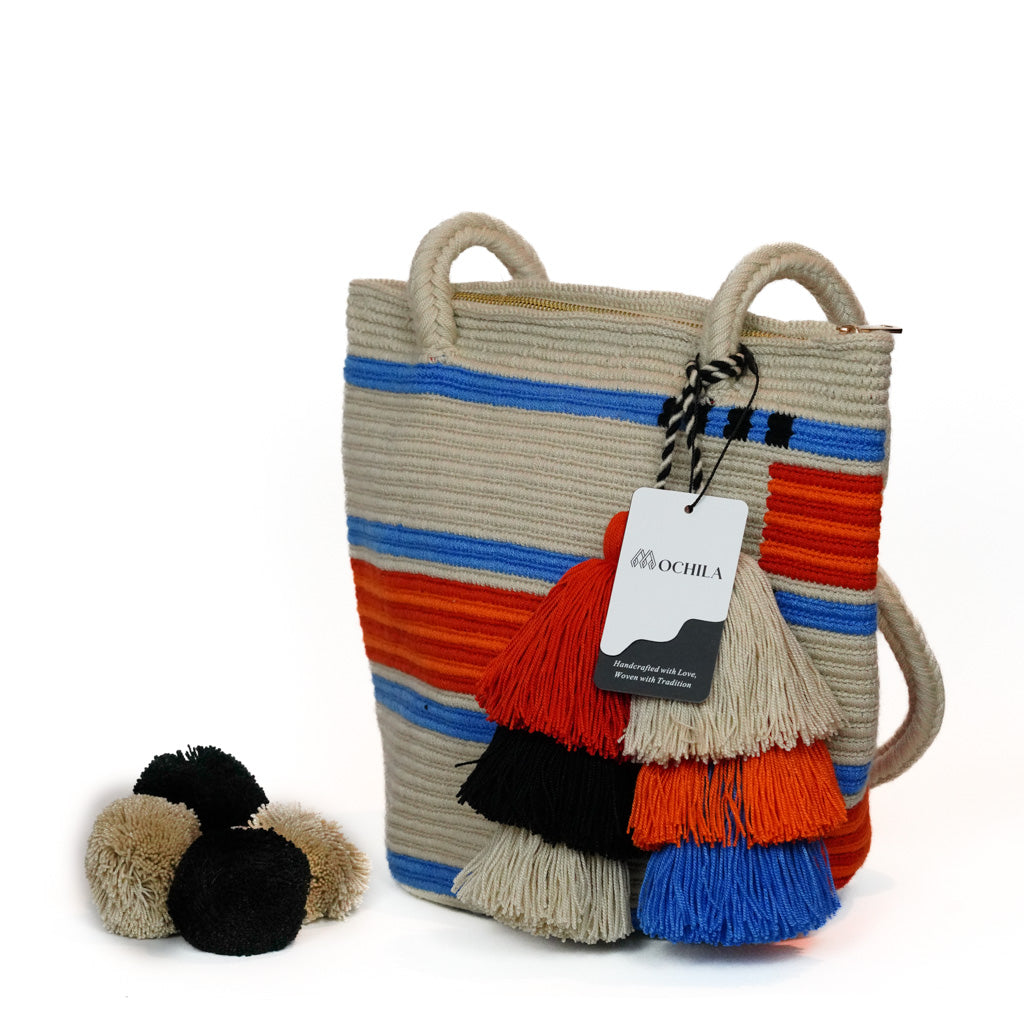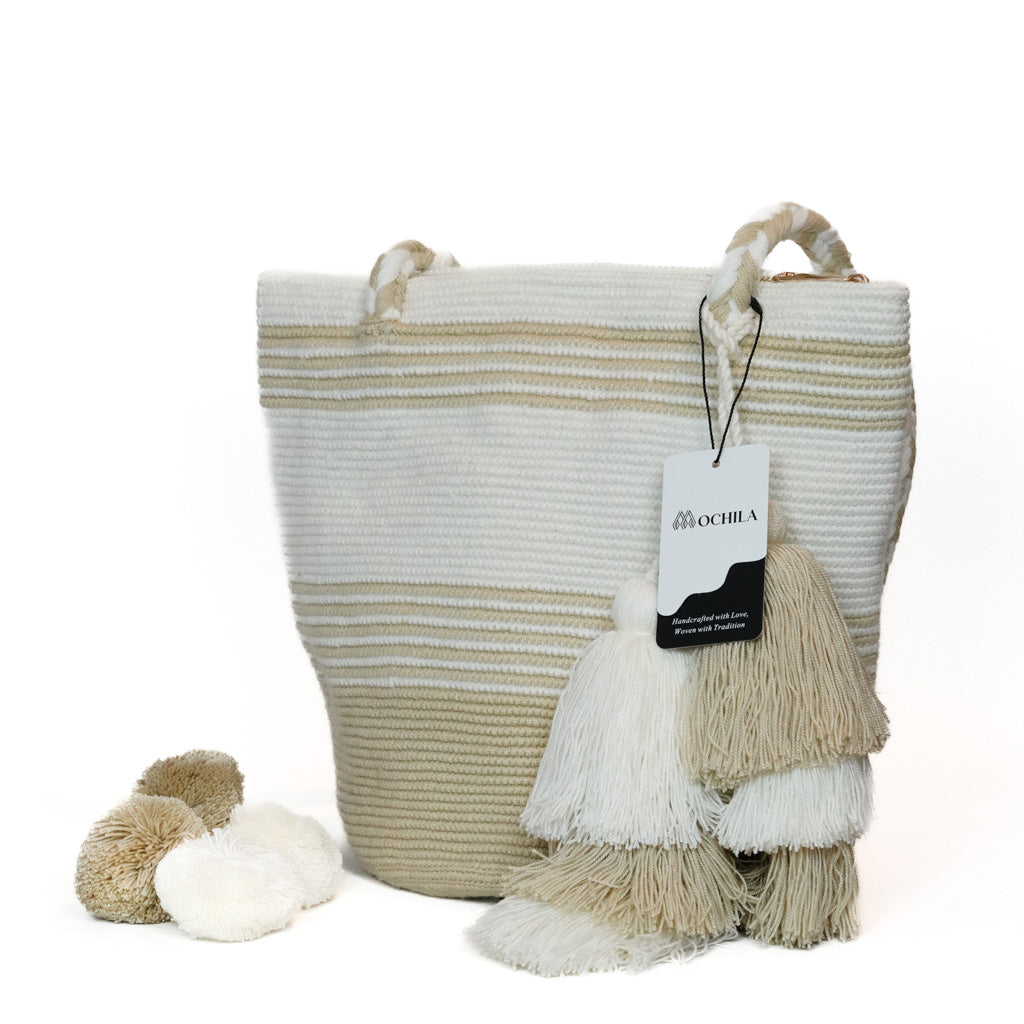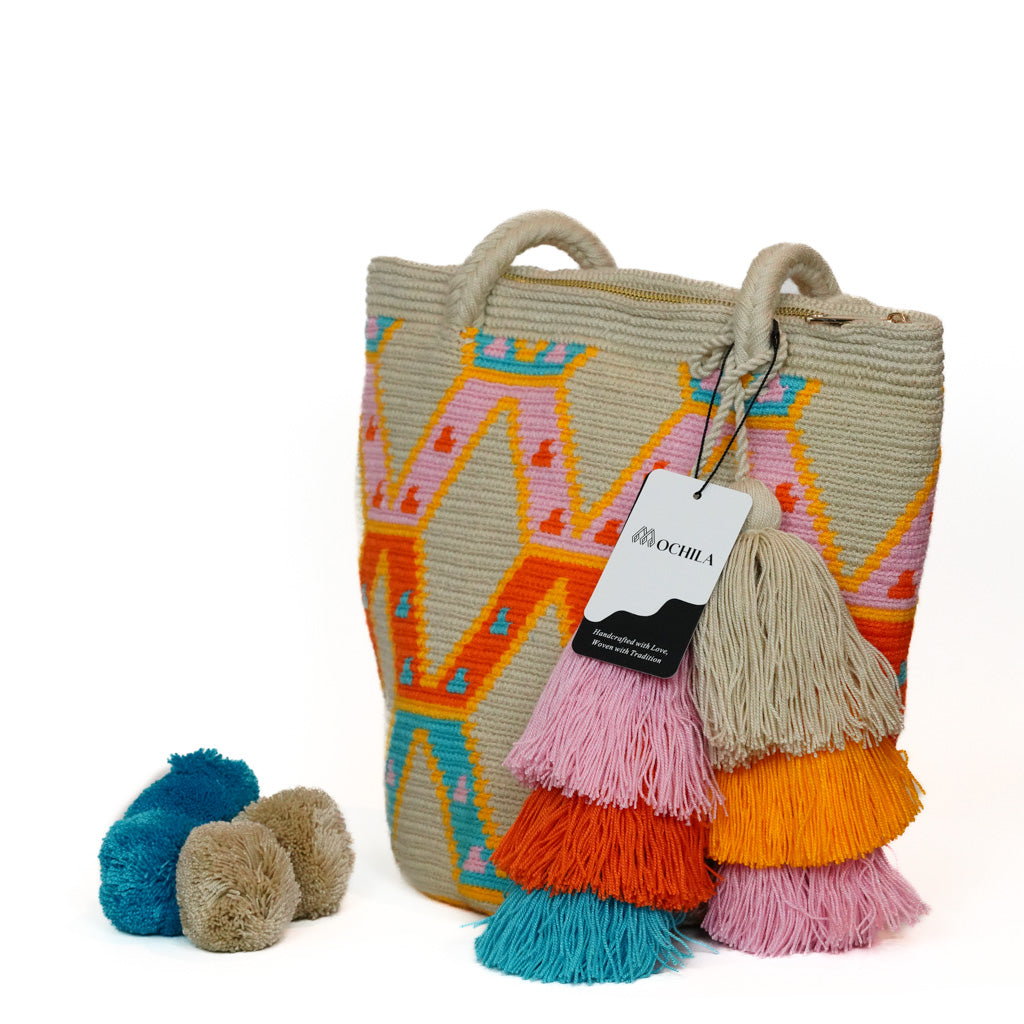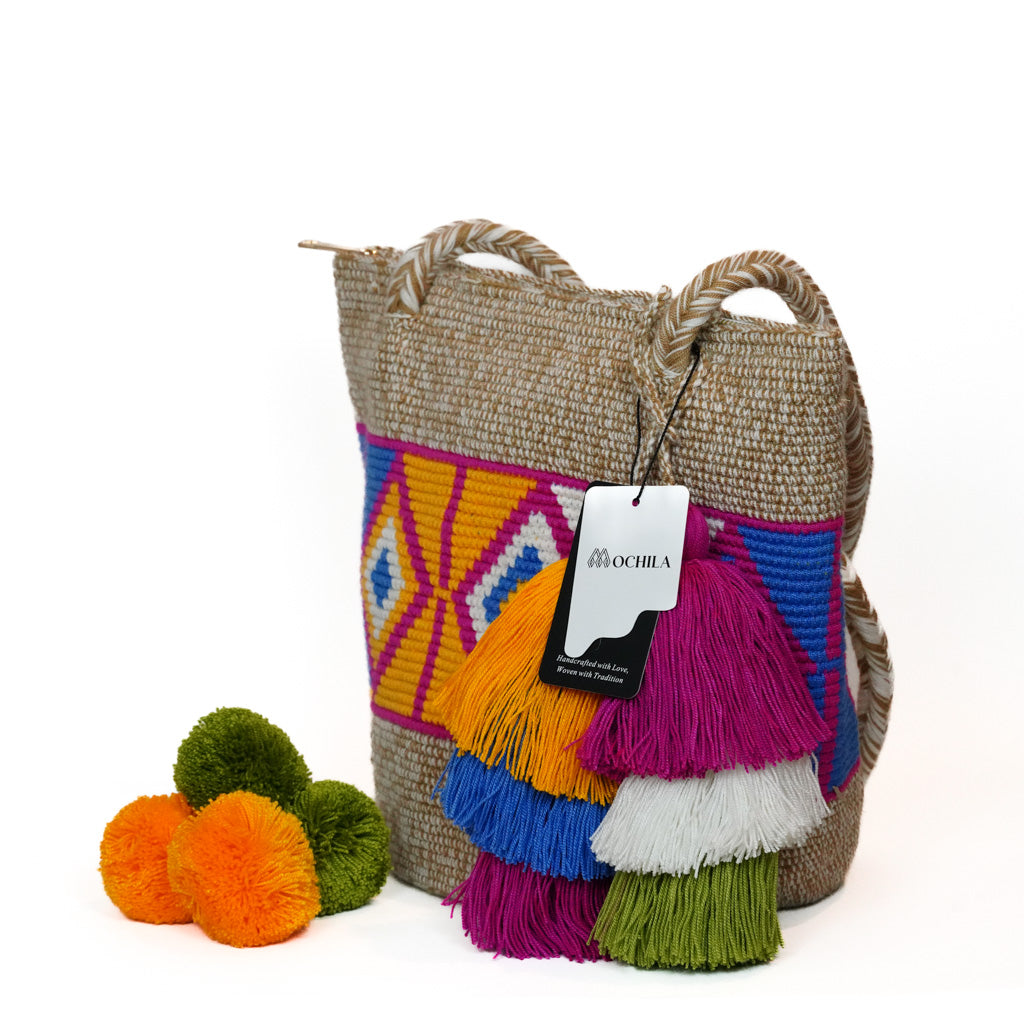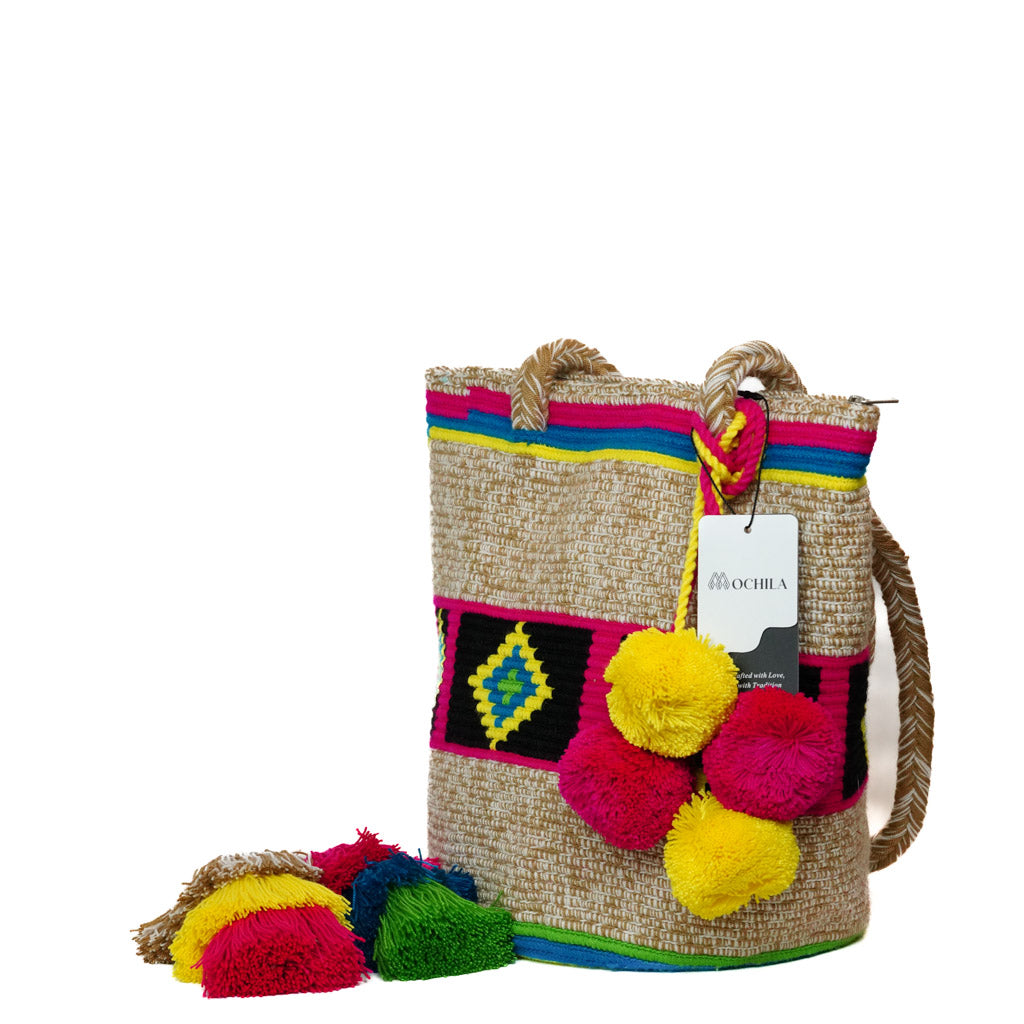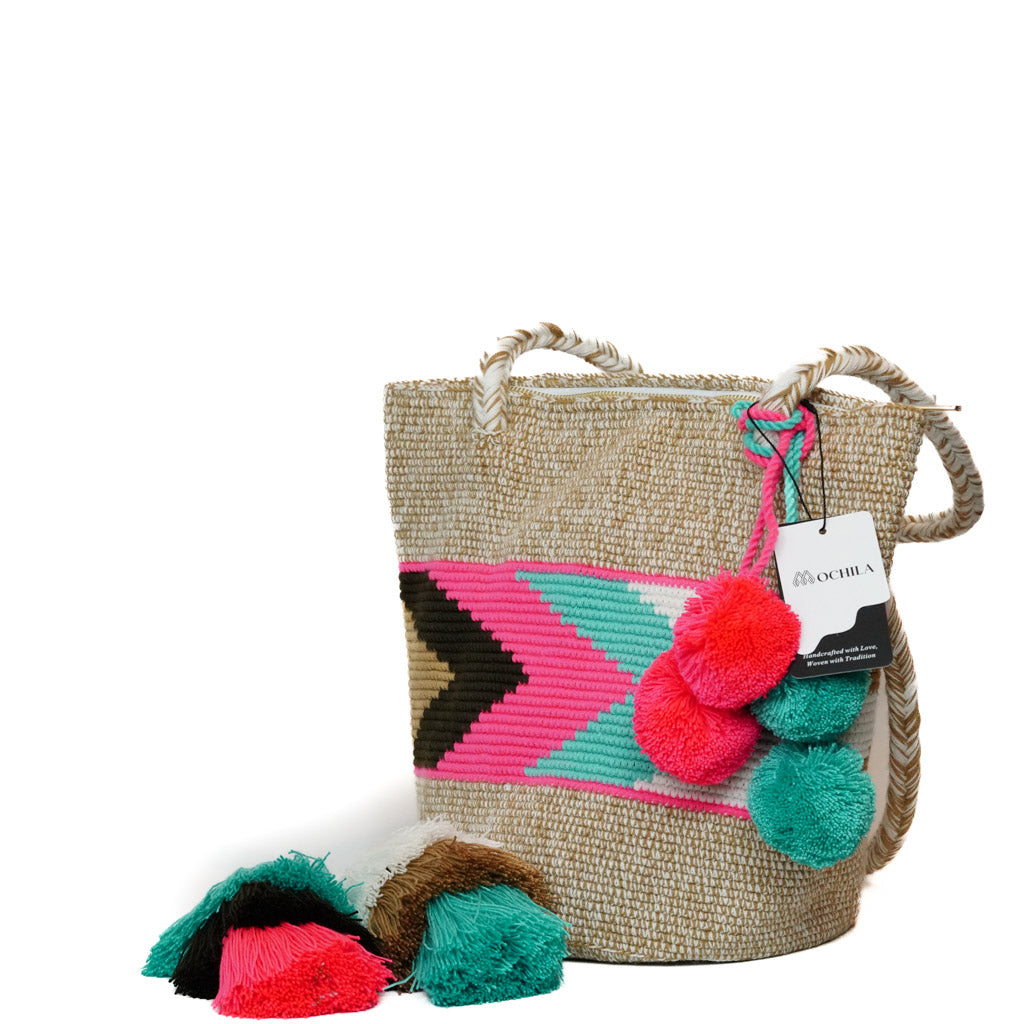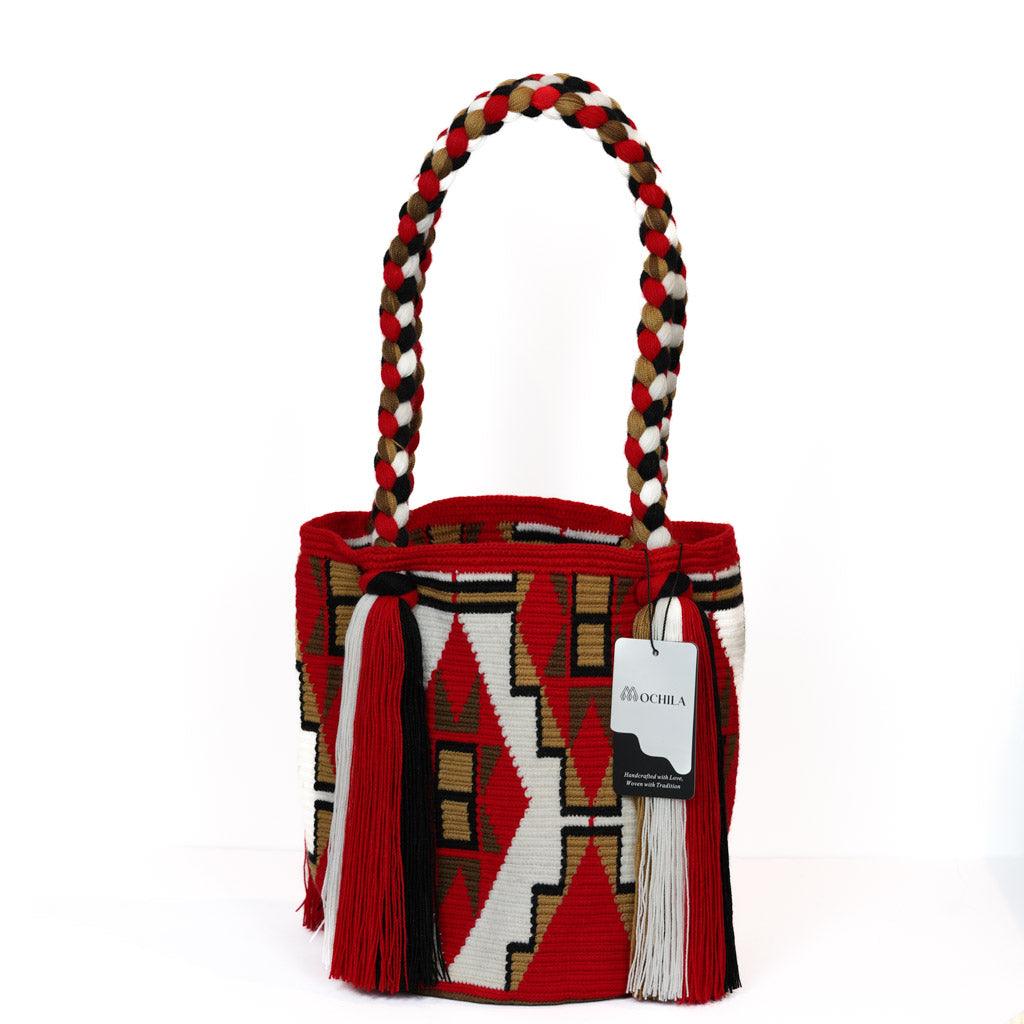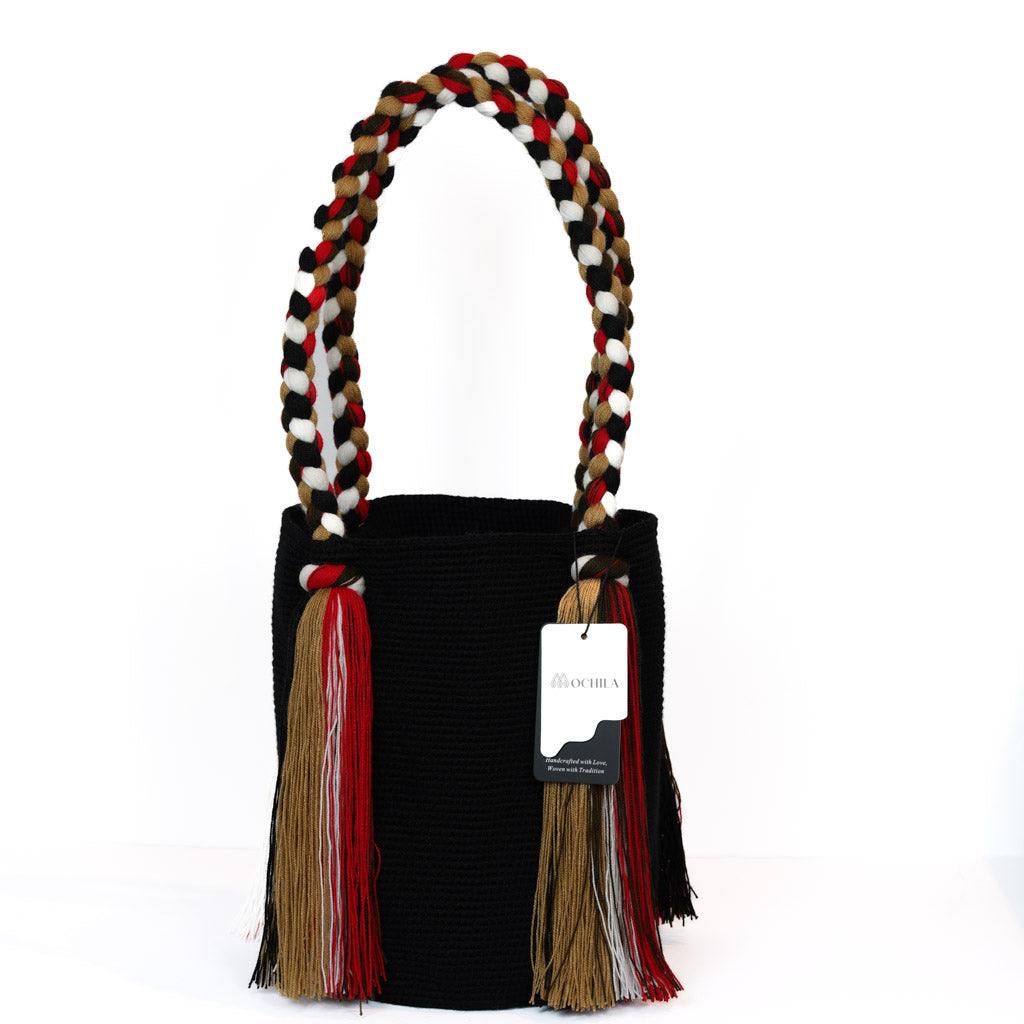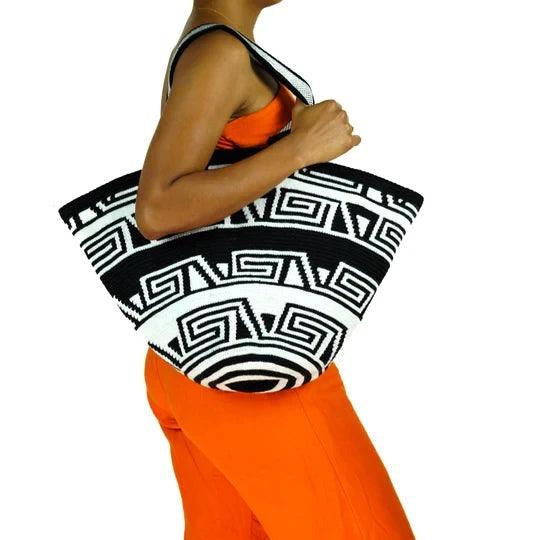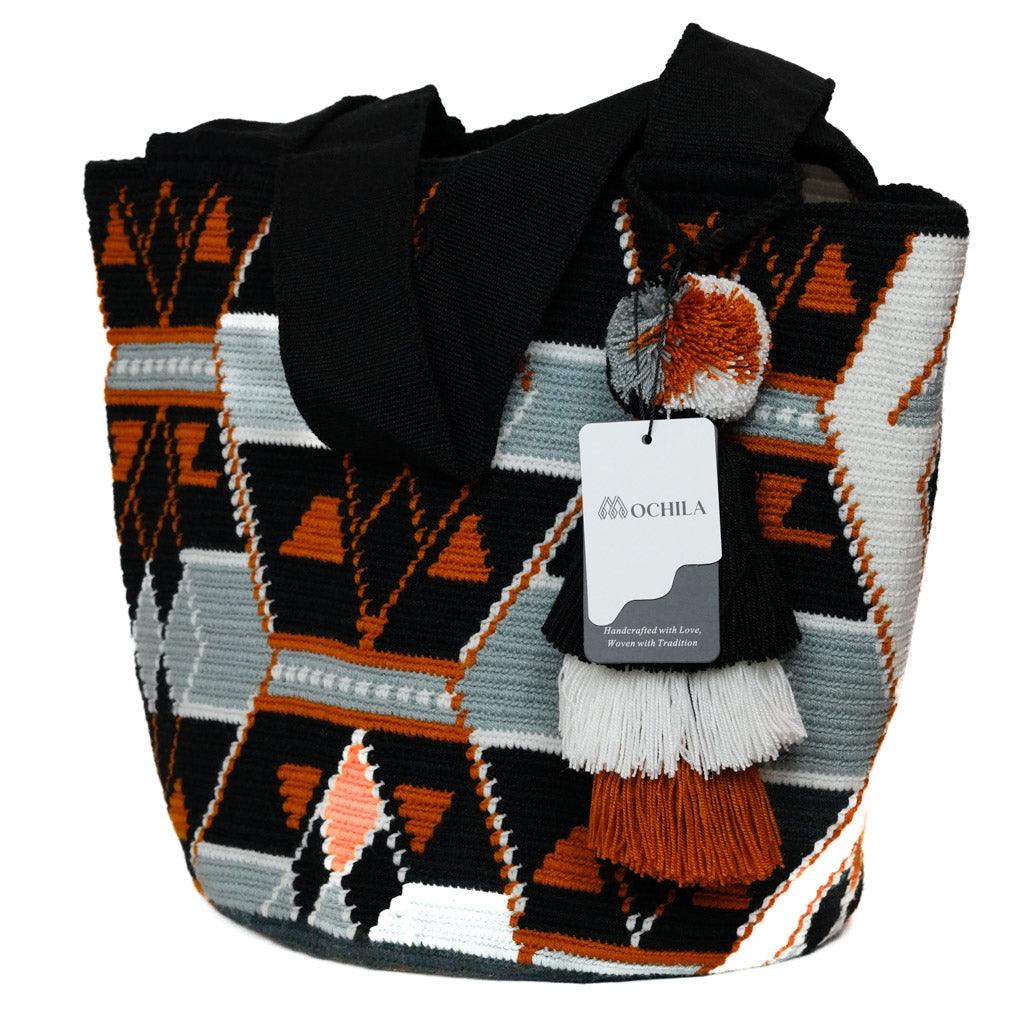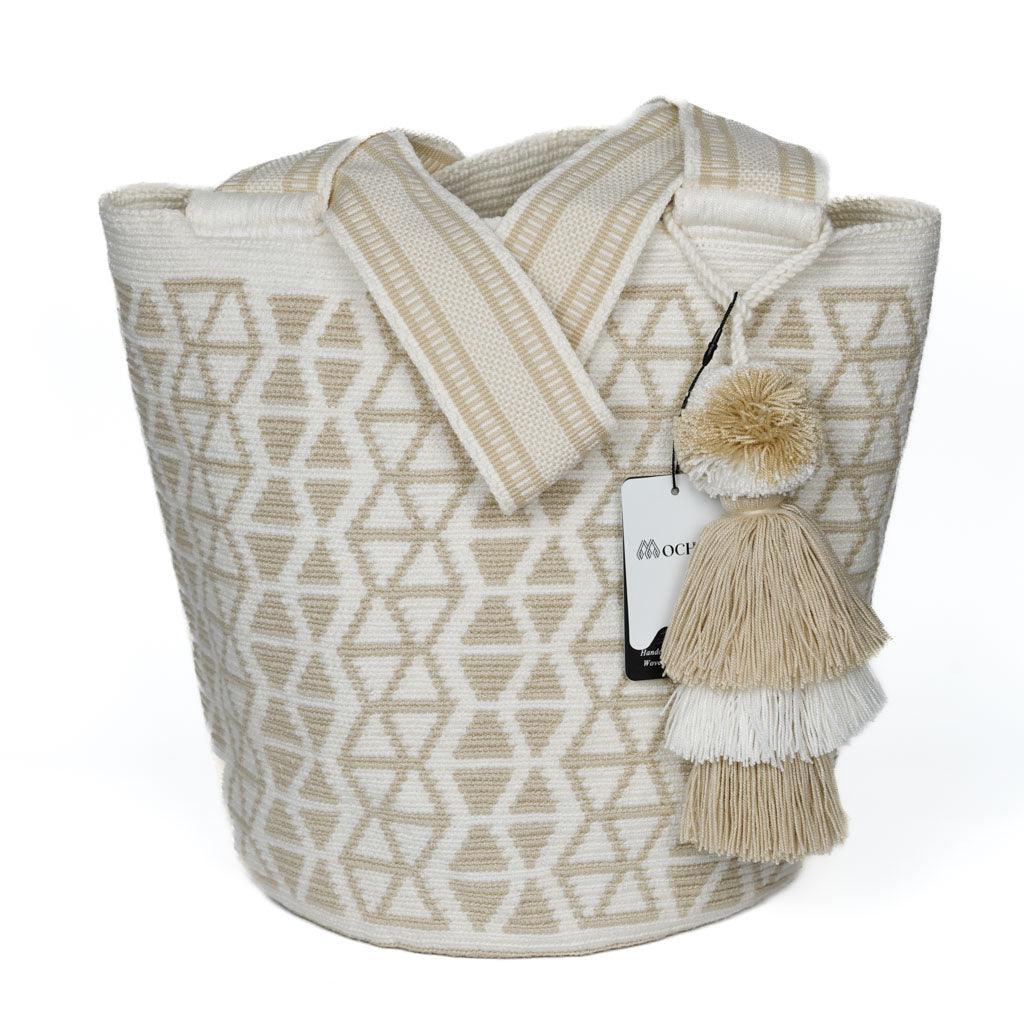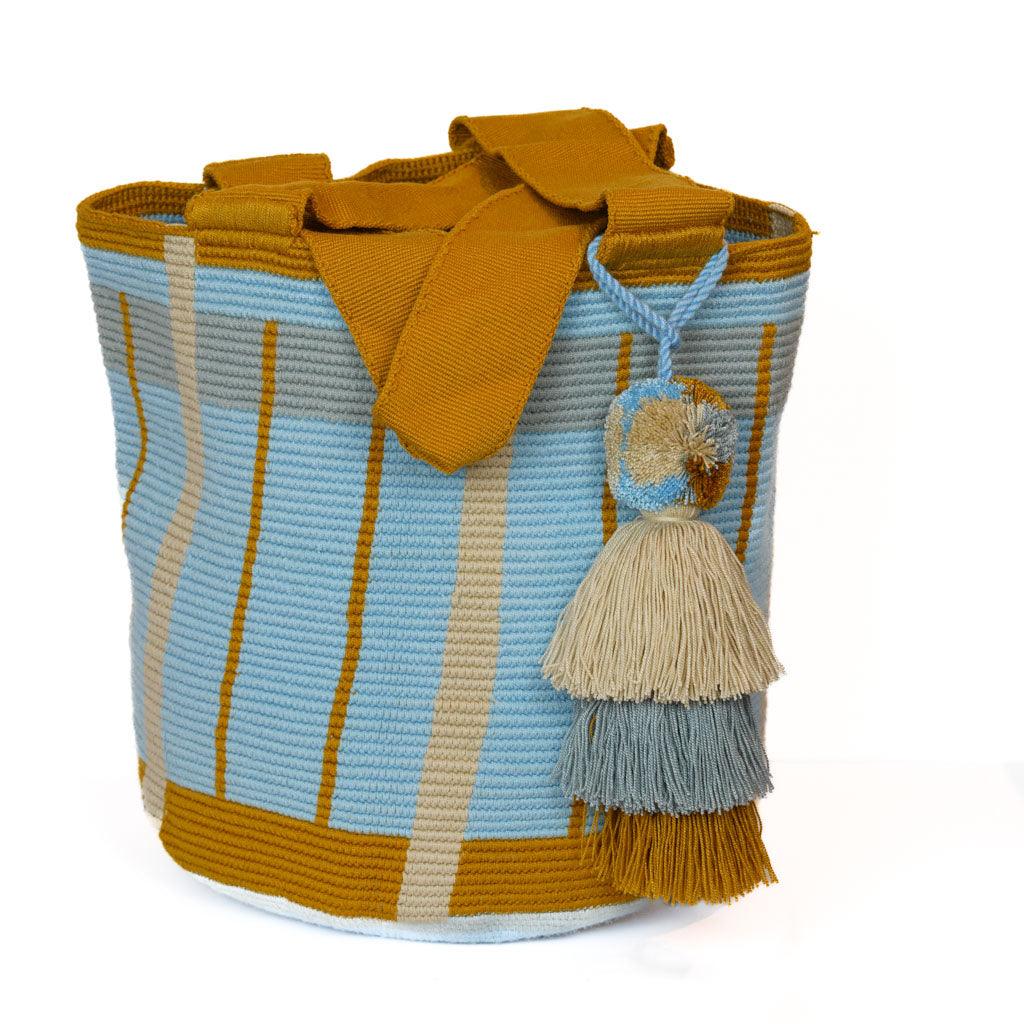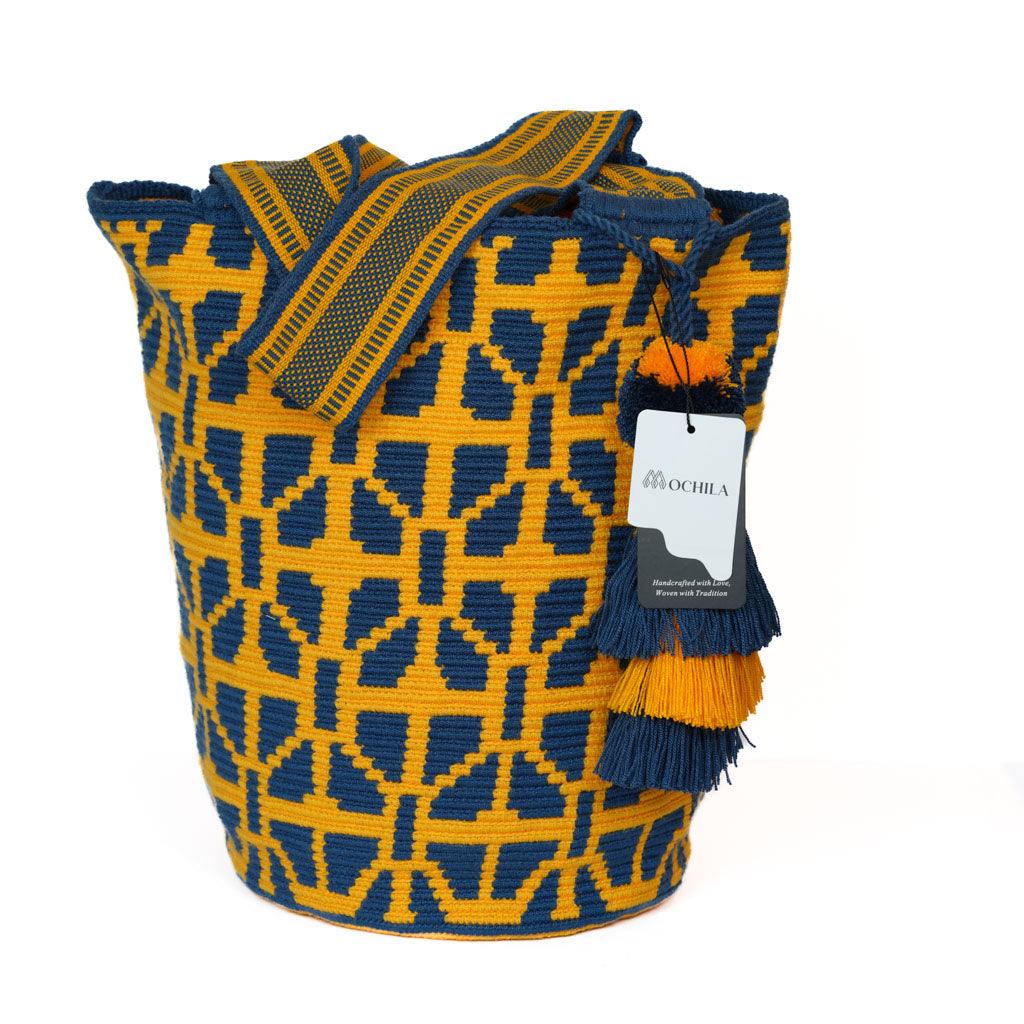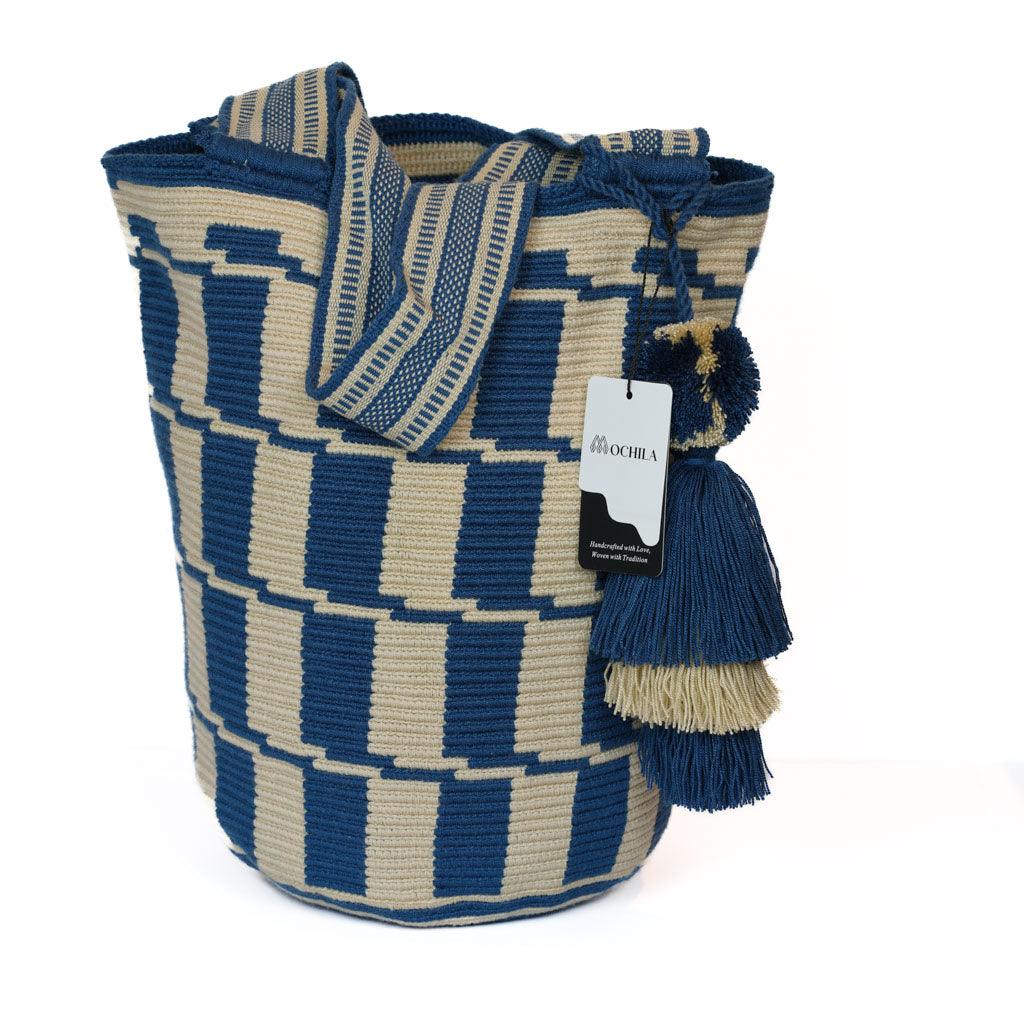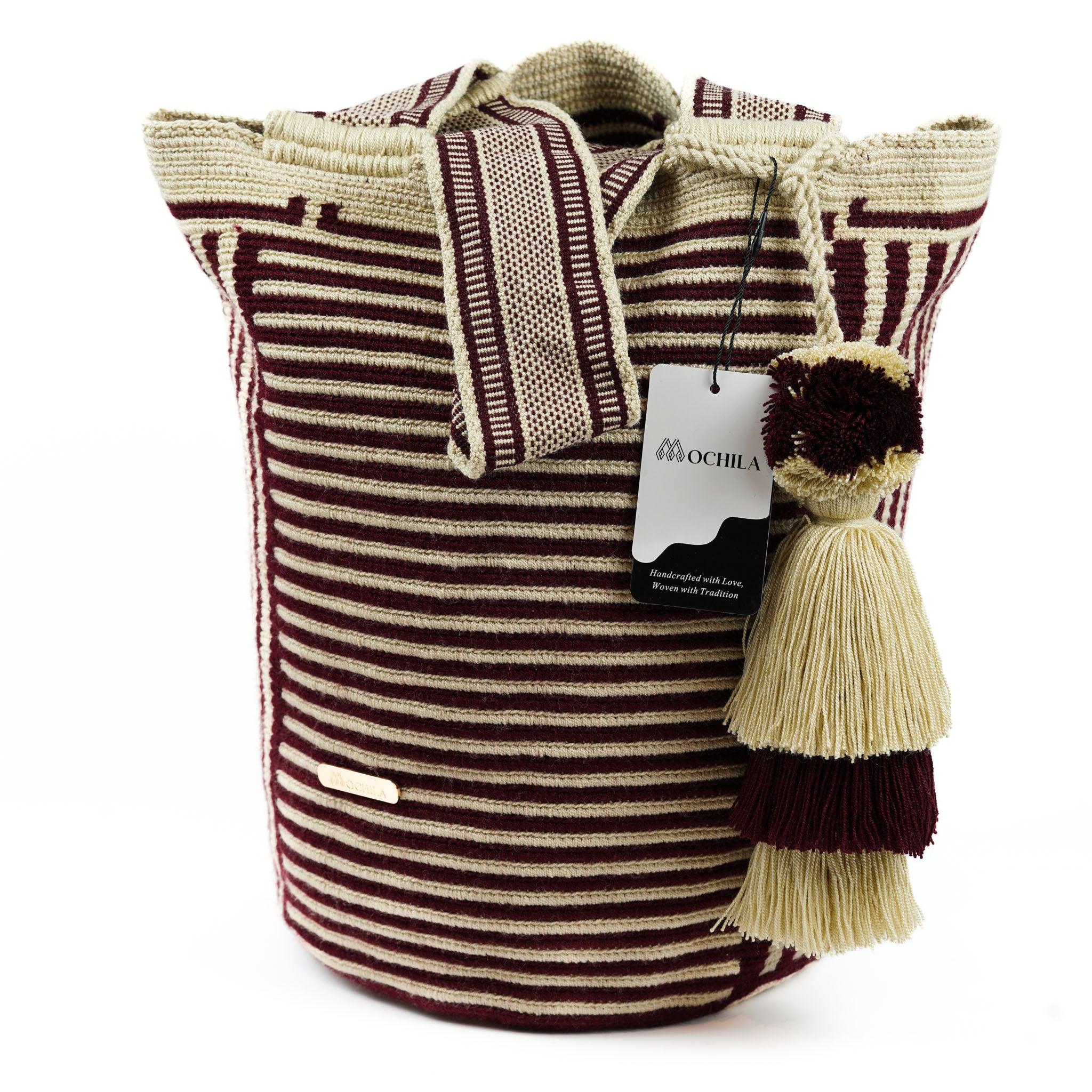Introduction to Crochet
Embarking on the journey of learning how to crochet can be an exciting and rewarding experience. Crochet is a versatile craft, opening up a world of creative possibilities. From blankets and scarves to hats and amigurumi dolls, the range of projects one can undertake is vast.
Understanding the Basics of Crochet
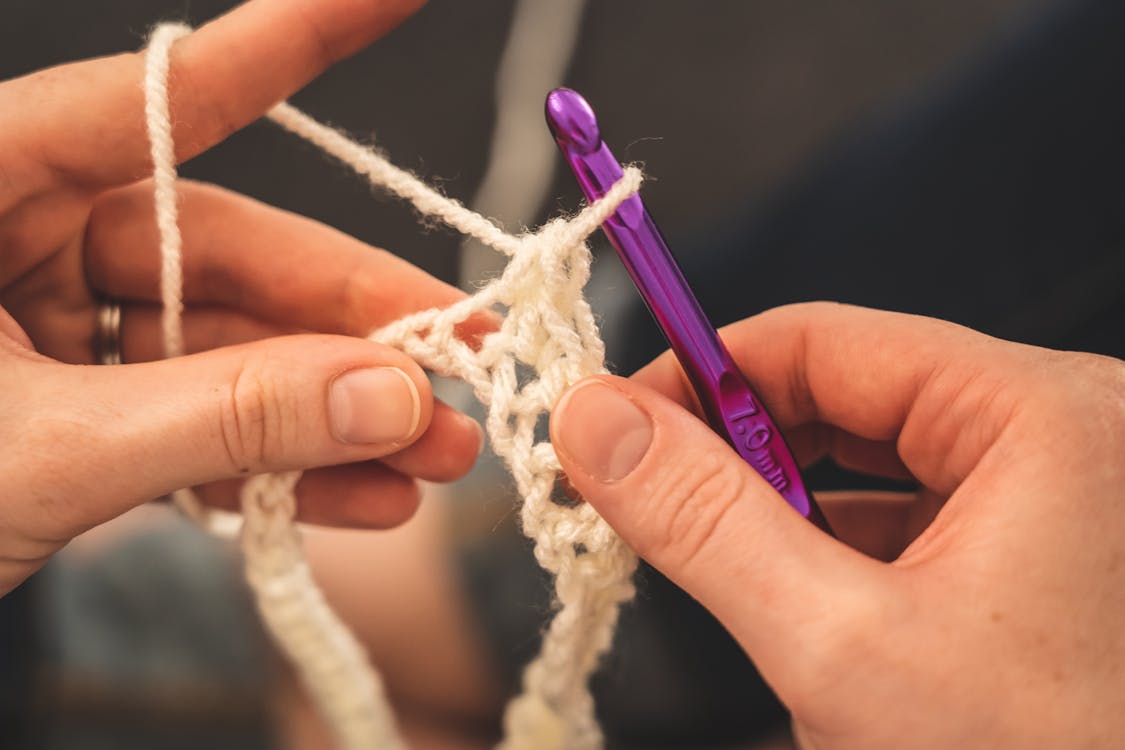
Crochet involves creating fabric by interlocking loops of yarn or thread with a crochet hook. The basic process involves pulling a loop of yarn through an existing loop on the hook, forming a chain of stitches. From this foundation, various stitch patterns can be created, forming different textures and shapes.
Different crochet projects require different types of stitches. The most common stitches include the chain stitch, single crochet stitch, double crochet stitch, and treble crochet stitch. Each stitch creates a unique texture and can be combined in countless ways to create intricate patterns and designs. For more information on these stitches, refer to our article on how to crochet stitches.
The Importance of Proper Tools

Just as a painter needs brushes and a writer needs a pen, a crocheter needs the right tools. These include a crochet hook, yarn, and a pair of scissors. The size of the crochet hook and the type of yarn used can greatly affect the outcome of your project.
Crochet hooks come in various sizes, usually indicated by a number or letter. The size of the hook determines the size of the stitches and the overall density of the fabric. Larger hooks create larger stitches and a looser fabric, while smaller hooks create smaller stitches and a tighter fabric. For a detailed guide on choosing the right hook size for your project, visit our article on how to determine crochet hook sizes.
The type of yarn used for a project is equally important. Yarn comes in various weights (thicknesses) and is made from different materials, such as cotton, wool, acrylic, and silk. The choice of yarn can affect the texture, drape, and durability of the finished item.
Starting with the right tools and understanding the basics are the first steps in mastering the art of crochet. As you progress, you will learn to combine stitches in creative ways, enabling you to tackle a wide range of projects. From simple scarves and hats to intricate blankets and amigurumi toys, the possibilities are endless. So, pick up your crochet hook and yarn, and let's start crocheting!
Learning the Basic Stitches

Mastering the basic stitches is a fundamental part of learning how to crochet. There are four main stitches that every beginner should know: the chain stitch, single crochet stitch, double crochet stitch, and treble crochet stitch. Each of these stitches forms the basis for a wide variety of crochet patterns and techniques.
Chain Stitch
The chain stitch, often abbreviated as "ch" in crochet patterns, is the most basic stitch in crochet. It forms the foundation for most crochet projects and is used to establish the length or width of your work.
To create a chain stitch:
- Make a slipknot and place it on your hook.
- Yarn over the hook (bringing the yarn from back to front).
- Pull the yarn through the loop on your hook.
- Repeat steps 2 and 3 to create a chain of the desired length.

Single Crochet Stitch
The single crochet stitch, abbreviated as "sc", is the simplest and smallest of the basic crochet stitches. It's often used for making tight, dense fabric, such as amigurumi toys or dishcloths.
To create a single crochet stitch:
- Insert the hook into the next stitch.
- Yarn over and pull through the stitch. You should now have two loops on your hook.
- Yarn over again and pull through both loops on your hook.
Double Crochet Stitch
The double crochet stitch, abbreviated as "dc", is twice the height of a single crochet stitch. It's a very versatile stitch that's used in a variety of crochet patterns, from blankets to scarves.
To create a double crochet stitch:
- Yarn over the hook.
- Insert the hook into the next stitch.
- Yarn over and pull through the stitch. You should now have three loops on your hook.
- Yarn over and pull through the first two loops on your hook.
- Yarn over again and pull through the remaining two loops on your hook.
Treble Crochet Stitch
The treble crochet stitch, also known as the triple crochet stitch and abbreviated as "tr", is one of the tallest basic crochet stitches. It creates a loose and drapey fabric, making it perfect for shawls and lacy patterns.
To create a treble crochet stitch:
- Yarn over the hook twice.
- Insert the hook into the next stitch.
- Yarn over and pull through the stitch. You should now have four loops on your hook.
- Yarn over and pull through the first two loops on your hook.
- Yarn over again and pull through the next two loops on your hook.
- Yarn over one last time and pull through the remaining two loops on your hook.
By mastering these basic stitches, you'll be well on your way to exploring more complex patterns and expanding your crochet skills. For more comprehensive guides on these stitches and other crochet techniques, check out our article on how to crochet stitches.
Understanding Crochet Patterns

Grasping how to crochet involves more than just mastering the basic stitches. A crucial part of the process is understanding crochet patterns, which are like roadmaps guiding you to complete your desired project. This section will help you decipher crochet patterns, interpret abbreviations, and recognize common symbols.
Reading Crochet Patterns
Crochet patterns are instructions that guide you through each step of creating a crochet project. They specify the type of yarn and hook size to use, the number of stitches to work, and the sequence to follow. The pattern usually starts with a list of materials needed, followed by the number of stitches and rows to work for the gauge, and then the instructions for each round or row.
The pattern may also include special instructions for certain stitches or techniques used in the project. For example, it may explain how to work a specific type of increase or decrease, or how to change colors. As you gain more experience with different types of projects, you'll become more comfortable reading and following patterns. For more information on this, see our article on how to crochet for beginners.
Interpreting Crochet Abbreviations
Crochet patterns often use abbreviations to represent the different stitches and techniques. These abbreviations help to keep the pattern concise and easier to read. Here are some of the most common ones:
- ch: chain
- sc: single crochet
- dc: double crochet
- tr: treble crochet
- sl st: slip stitch
- sp: space
- st: stitch
- rep: repeat
It's important to familiarize yourself with these abbreviations as they are fundamental to understanding crochet patterns. For a more comprehensive list and explanation of crochet abbreviations, see our guide on how to crochet stitches.
Recognizing Common Symbols in Crochet Patterns

In addition to written instructions, crochet patterns can also include charts with symbols. These charts provide a visual representation of the pattern and can be especially helpful for complex designs. Each symbol represents a specific stitch or group of stitches. For example, an "o" usually represents a chain stitch, a "+" represents a single crochet stitch, and a "T" represents a double crochet stitch.
Symbol charts are particularly useful for patterns with intricate stitch patterns or colorwork, as they allow you to see the overall design more clearly. However, they can also be a bit daunting for beginners. With practice and patience, you'll soon be able to read and follow these charts with ease.
Understanding crochet patterns is a skill that develops over time. As you practice and try out different projects, you'll become more comfortable with interpreting abbreviations and symbols. Whether you're working on a simple granny square or a complex lace shawl, knowing how to read a pattern will open up a world of creative possibilities. So, go ahead and practice with different crochet patterns to master the art of crochet.
Starting a Simple Crochet Project
Once you have a grasp on the basic stitches and how to read patterns, it's time to start a crochet project. Here are three simple projects that are perfect for beginners: a granny square, a scarf, and a beanie. Each of these projects will allow you to practice different techniques and patterns while creating beautiful, functional items.
Getting Started with a Granny Square

A granny square is a classic crochet project that is perfect for beginners. It involves creating a square motif that starts from the center and works outward. This project primarily uses the chain stitch and the double crochet stitch, providing an excellent opportunity to practice these basic stitches.
Creating a granny square involves making a loop, followed by a chain of stitches. You then work double crochet stitches into the loop to form the first round. Subsequent rounds are worked by creating clusters of double crochet stitches separated by chains. You can make the granny square as large or small as you like by simply adding more rounds.
Once you've mastered the granny square, you can create multiple squares and join them together to create larger items such as blankets or bags. Check out our guide on how to crochet patterns for blankets for more ideas.
Progressing to a Scarf
A scarf is another great project for beginners. It allows you to practice your stitches over a larger area and create something you can wear.
For a basic scarf, you can use the single crochet stitch, double crochet stitch, or a combination of both. Start by creating a chain of stitches that is the desired length of your scarf. Next, work rows of your chosen stitch until the scarf reaches your desired width.
Remember that the width and length of your scarf can be easily adjusted by adding or subtracting rows or stitches. For more scarf patterns and techniques, visit our guide on how to crochet patterns for scarves.
Trying Your Hand at a Beanie
Once you're comfortable with flat projects, you can move on to something a bit more challenging: a beanie. Crocheting a beanie involves working in rounds, which is a bit different from working in rows. However, it's a great way to practice shaping and sizing in crochet.
Typically, a beanie starts with a circle worked in rounds from the top down. You increase the number of stitches in each round until the circle is the desired size. Then, you continue to work even (without increasing) until the beanie is the desired length.
Beanies can be customized with different stitches, colors, and patterns. They're also a fantastic way to practice working in the round, which is a common technique in many crochet projects. To learn more about crocheting beanies, check out our guide on how to crochet patterns for hats.
These projects are a great starting point for anyone learning how to crochet. As you gain confidence and skill, you can move on to more complex projects and techniques. Remember that the key to improving your crochet skills is practice, so don't be afraid to experiment with different stitches, patterns, and projects. Happy crocheting!
Tips for Improving Your Crochet Skills
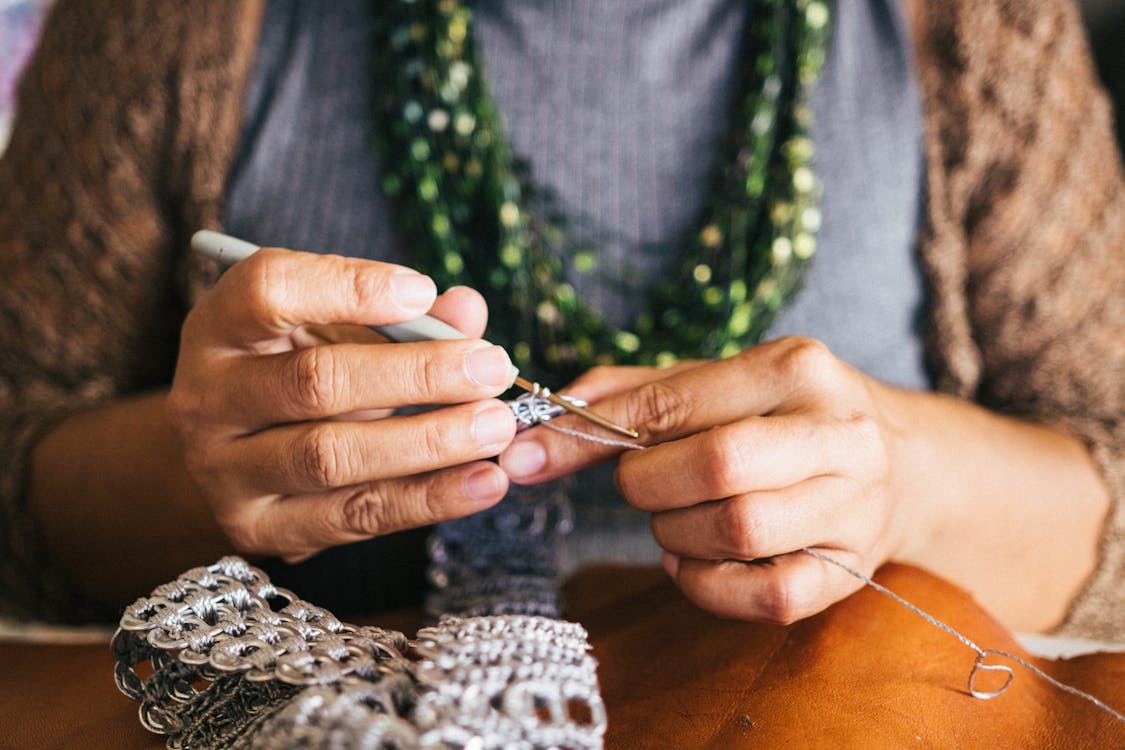
Improving crochet skills is a continuous process that requires patience, practice, and a curiosity to explore new techniques. Here are some tips to help you master how to crochet.
Practice Makes Perfect
Crocheting is an art that improves with practice. Just like learning a new language or playing a musical instrument, the more you practice, the better you get. Start simple with basic stitches and gradually move to more complex patterns. Our how to crochet stitches article can provide you with a solid foundation.
Joining Crochet Communities
Joining a crochet community, whether online or in-person, can significantly boost your learning. These communities provide a platform for sharing ideas, asking questions, and getting feedback on your work. They also keep you updated on the latest trends and techniques in the crochet world.
Exploring Different Yarns and Techniques
Experimenting with different yarns and techniques can dramatically enhance your crochet skills. Each yarn type offers a unique texture and feel, which can influence the final product. Similarly, exploring new crochet techniques can add versatility to your projects. Check out our articles on how to crochet patterns for blankets or how to crochet patterns for hats for inspiration.
Common Mistakes and How to Avoid Them
While learning to crochet, it's quite common to make mistakes. However, identifying these mistakes and learning how to fix them can significantly improve your crochet skills.
Tension Troubles
Maintaining consistent tension is crucial in crochet. If the tension is too tight or too loose, it can affect the size and shape of your stitches. Regular practice and mindfulness can help you achieve consistent tension.
Miscounting Stitches
Miscounting stitches can lead to uneven edges or a misshapen project. It's important to count your stitches carefully, especially when working on large projects. Using stitch markers can be a helpful way to keep track of your stitches.
Skipping or Adding Extra Stitches
Skipping or adding extra stitches is another common mistake. This usually happens when the stitch at the beginning or end of the row is overlooked. Always ensure to count your stitches at the end of each row to avoid this problem.
Tips for Correcting Mistakes
If you realize you've made a mistake, don't panic. Most crochet mistakes can be easily fixed. Usually, it involves unraveling your work (also known as frogging) until you reach the point before the mistake occurred. Always remember, mistakes are part of the learning process in mastering the art of crochet.
For more detailed instructions and helpful tips, visit our how to crochet for beginners guide. With patience, practice, and a positive attitude, you'll soon be creating beautiful crochet projects with ease.

